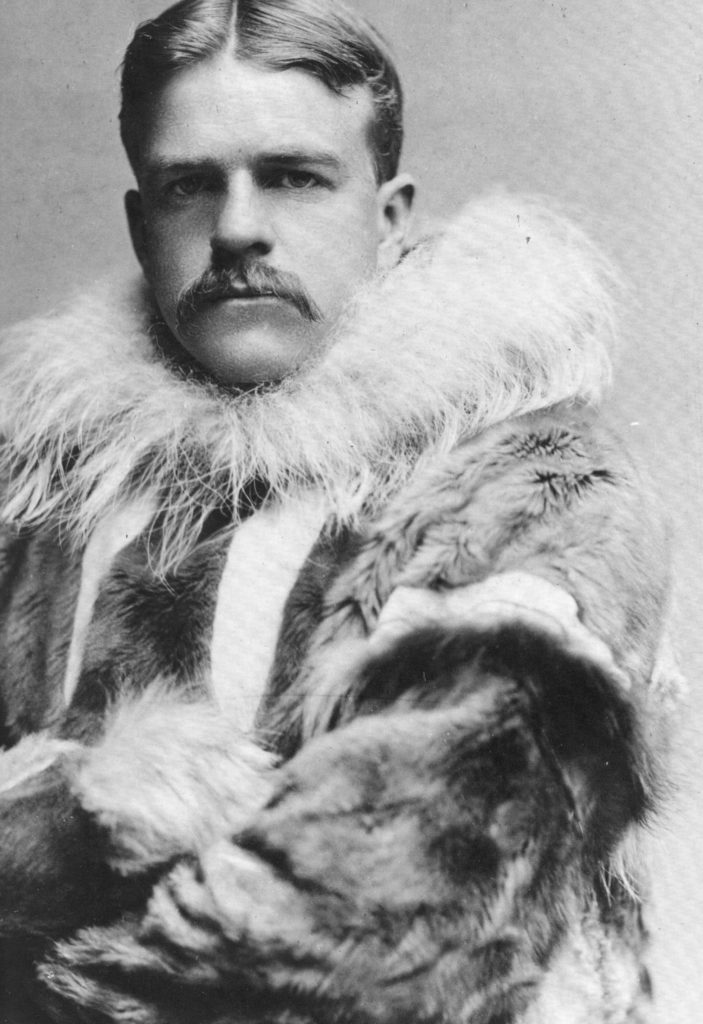1875 (Meiji 8) year of birth
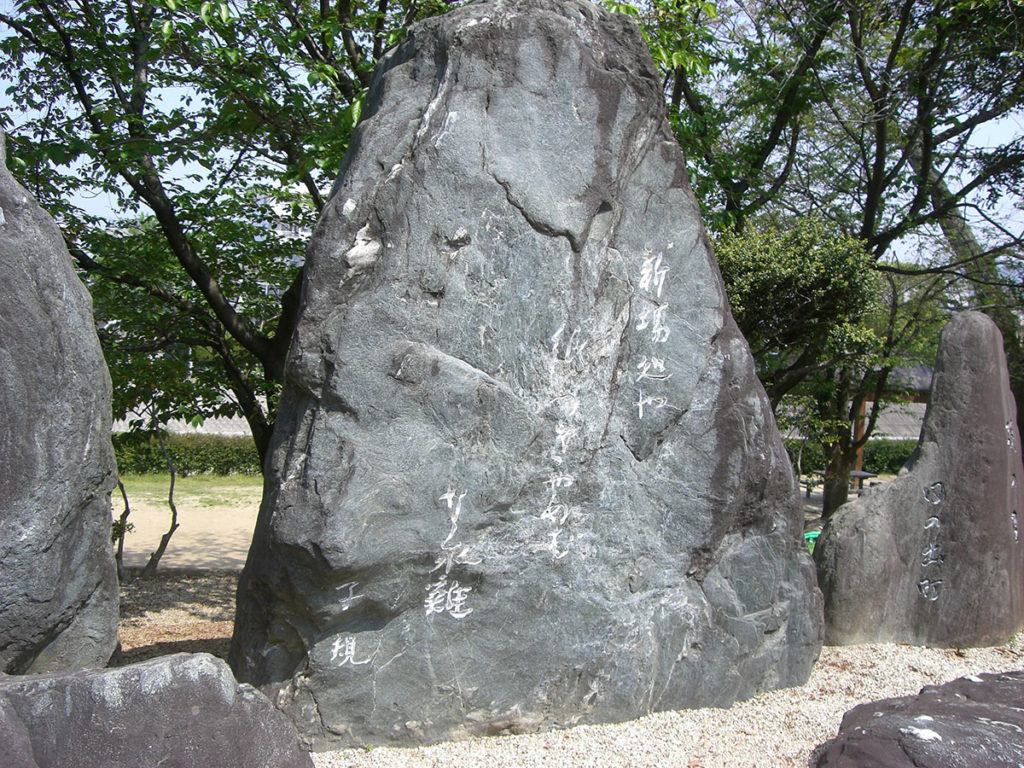
January
Born as the second son of father Gempachi Wada (Samurai in Former Komatsu ward) and mother Setsu, in Saijo, Ehime prefecture Japan.
1879 (Meiji 12) 4 yrs.
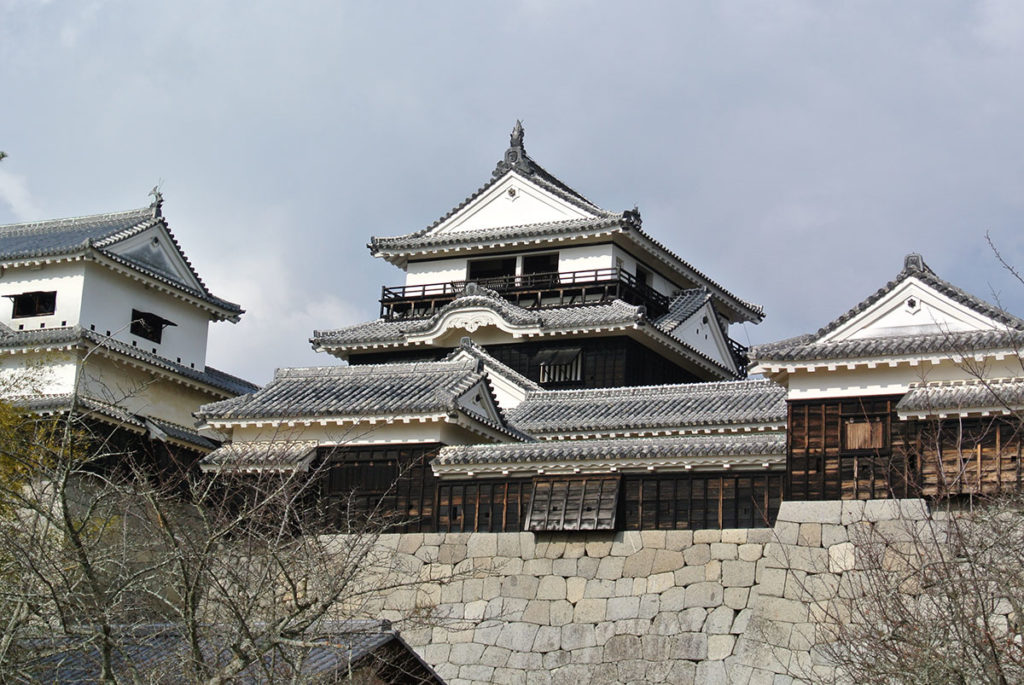
Summer
Wada’s father died when he was four years old, leaving only his mother to care for him. Since his mother and he were poor, he started working at the “Toda Paper Mill” run by one of his mother’s relatives in Hinode Town, Matsuyama City. In those days Hinode town was famous for papermaking.
(These details are attained from a letter sent by Kinbei Toda to Azuma, in which he describes Wada’s life as it was known by his close family. 1929. 7.25, Kinbei Toda Commentary note)
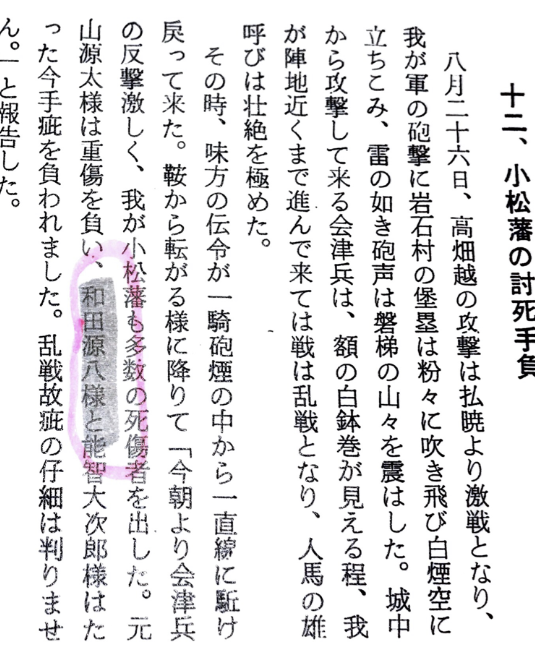
Jujiro`s father Gempachi Wada was a samurai. He fought in the Boshin War (1868-69), the war that put an end to the Tokugawa Shogunate. He fought at the side of Komatsu the clan, a daimyo family loyal to the Tokugawa shogun. Gempachi became wounded, and his early death was related to those wounds.
1887 (Meiji 20) 12 yrs.
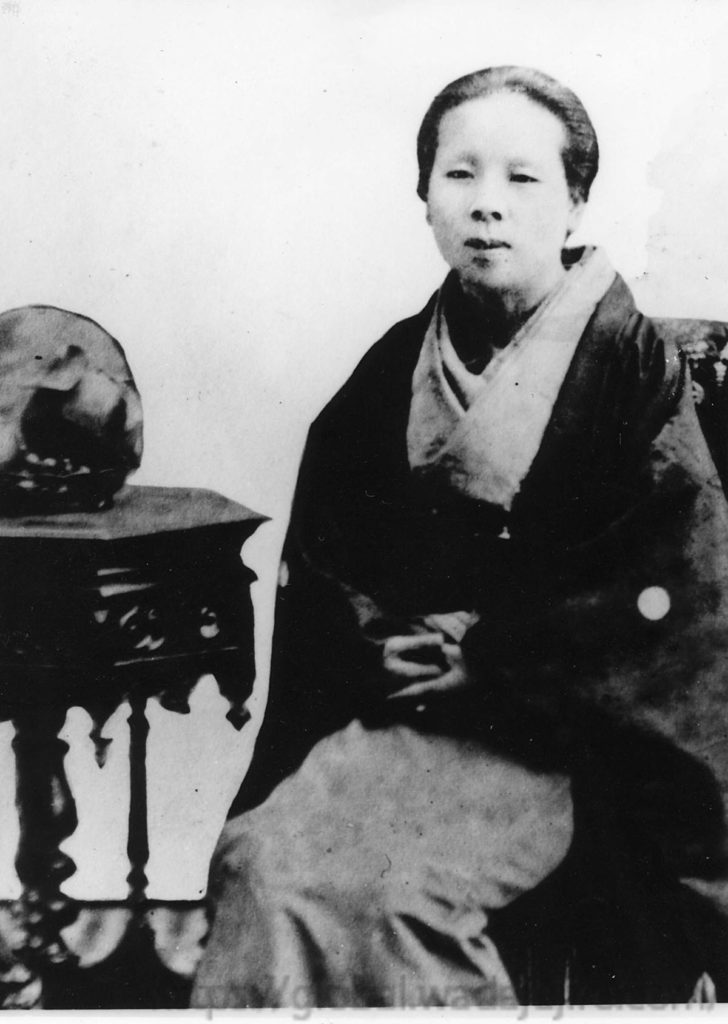
As Wada grew, his mother was at a loss for his guidance. During two years, from age 12 to 13, Wada was under the care of Kinbei Toda’s father at their home. However, Wada had behavioral issues, causing difficulties for Kinbei’s father. During this time, Wada was already expressing his interest in going to America.
(1829. 7.25, Kinbei Toda Commentary note)
1891(Meiji 24) 16 yrs
Wada left Matsuyama, Ehime prefecture, to work for a trading company in Kobe.
1892 (Meiji 25) 17 yrs.
Crossing the Pacific
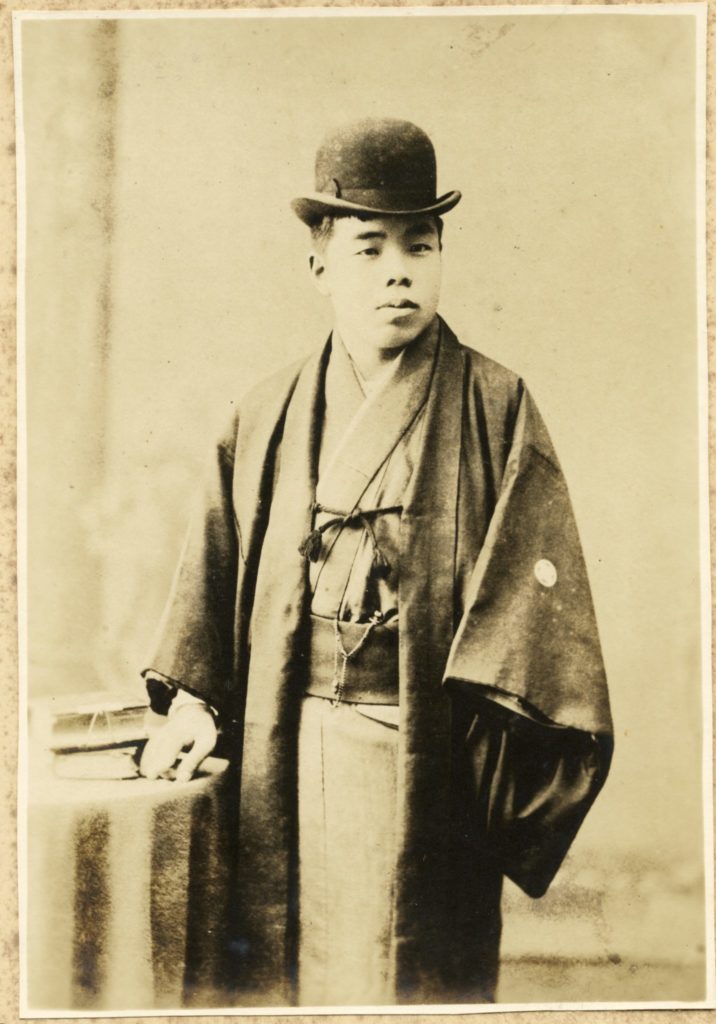
With big ambitions of being “a Sumitomo”, he smuggled himself into the United States. With the help of his co-workers at a trading company, they managed to stow him away in a large tea box on a freighter headed for San Francisco.
March 15 The young stowaway walked the streets looking for work, but he couldn’t speak English. And things didn’t improve for Wada until he was drugged and kidnapped. After going for a few drinks with a stranger to a San Francisco bar, Wada woke up on a whaling ship headed toward the Arctic Sea. This was the whaling industry’s solution to a worker shortage, and Wada was forced to sign a three-year contract. The total pay would be $80.
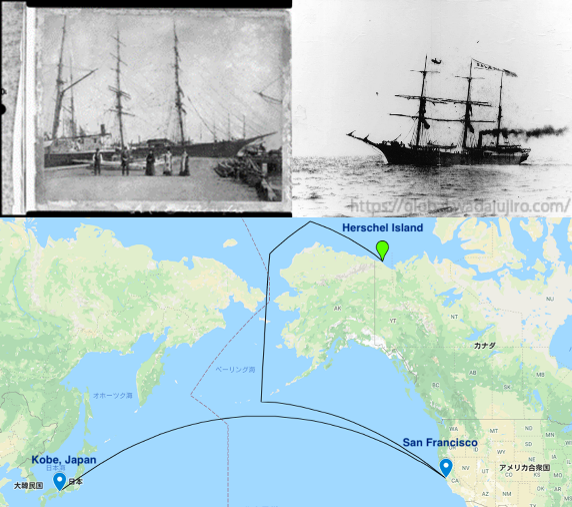
His new home was the whaling support ship Balaena. It was built the previous year and its voyage started March 15th, out of San Francisco. He worked onboard the “Balaena” for the following three seasons around the Arctic Ocean, gaining knowledge of the English language and geology from its captain Henry Havelock Norwood. Norwood could speak the Eskimo language, and Wada may have started learning it from him. Cooking was one of Wada’s main responsibilities. Onboard were also some hunters, and gradually Wada was also involved in grouse and deer hunting. It is reported that the ship brought along a few dogs and sleds. Wada also became an expert in dog mushing and hunting. During their long winter at Herschel Island, labor-intensive tasks like bringing fresh water from the McKenzie River also become very easy with a dog sled.
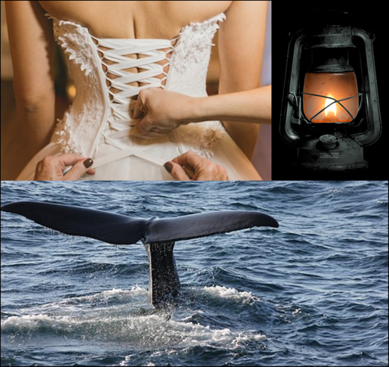
Winter 1892-93 there are 4 ships at Herschel Island: the Narwhal (Capt. Smith), the Balaena (Capt. Norwood), the Grampus (Capt. Vincent) and the Newport, (Capt. Porter). The ships come here about the 15th of October and leave by the end of June. This shows an increasing presence of whalers, since as late as winter 1890-91 there had been only 2 ships during winter (with Capts. Norwood and Tilton), the main reason of their stay being that going north, catching enough whale and then returning could hardly be done within the typical short time frame of one season. The whaling business was after oil and baleen, a single whale providing some 100 barrels of oil used for lubricant and fuel, and up to 700 baleen (weighing 2000 pounds), which was in heavy demand for corsets, umbrellas, parasols, suspenders, canes, whips, etc. A single whale was worth about $15,000. Later the increased number of whalers, sometimes 30 per season, made the whale population thinner, and further the development of plastics from petroleum caused a price drop and whaling in the Arctic was over by 1911.
1893(Meiji 26) 18 yrs.
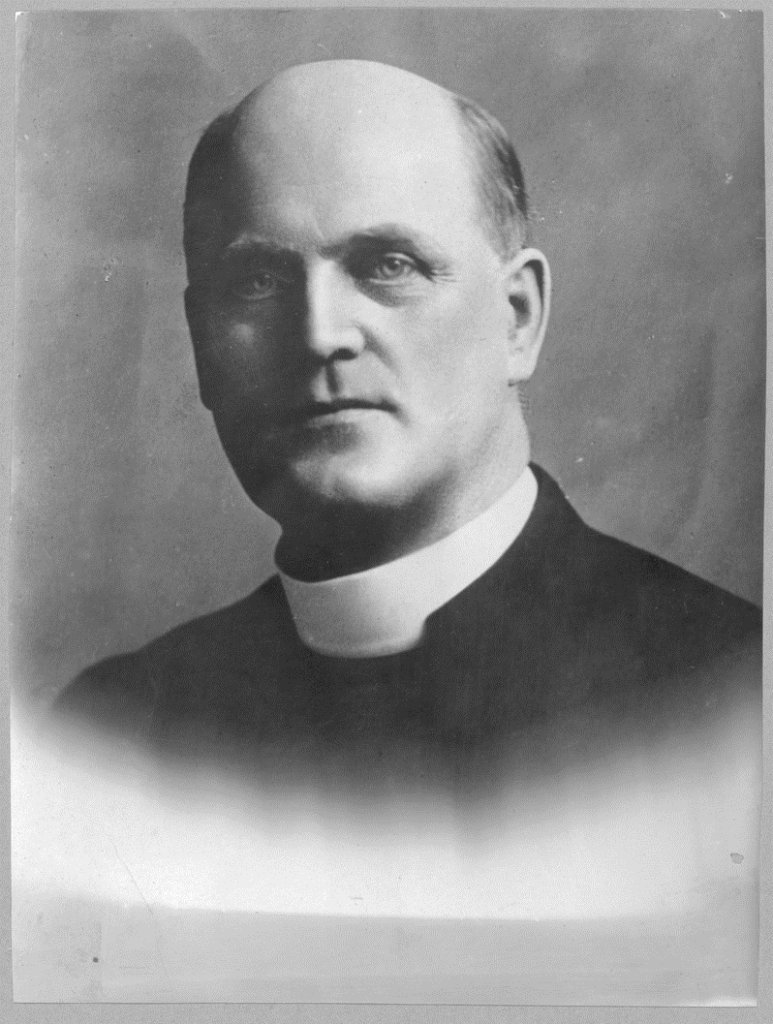
Isaac O. Stringer was a missionary of the Anglican Church, active in the Yukon area from 1892 to 1931. First he rented a room at archdeacon McDonald`s house. McDonald had been active in Yukon area since the 1860s. From 1893 onward Stringer started to travel around, including a first trip to the Yukon interior. Isaac O. and his wife Sadie Stringer visited Herschel Island several times from Fort McPherson.
Wada and Capt. Norwood living at Herschel Island when they first visited the island in May 1893. Wada is out hunting for grouse. Capt. Norwood is very satisfied with Wada and praises him for being clever. This year the catch of the Balaena was 52 whales. (Anglican Church diaries , Isaac O. Stringer 1893-1901)
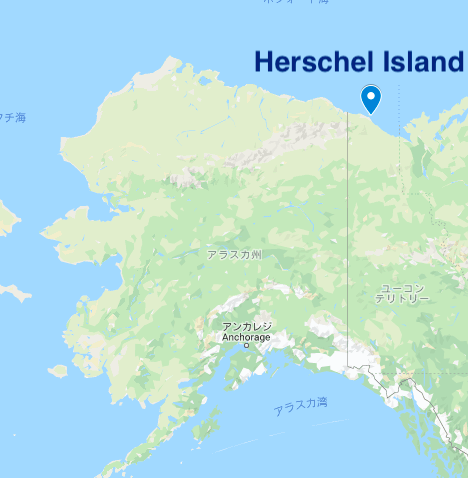
In the early years of Arctic whaling, most of the crew was international, and many were escaping justice in various places. Their influence on the native population was not positive. Also alcohol was in high demand and as there was no law enforcement until 1903, crime such as rape and assault was frequent. After Stringer arrived in the area, things changed for the better and more captains were bringing families, moreover, alcohol bans were enforced in many places.
1894 (Meiji 27) 19 yrs.
<Sino-Japan War occurred>
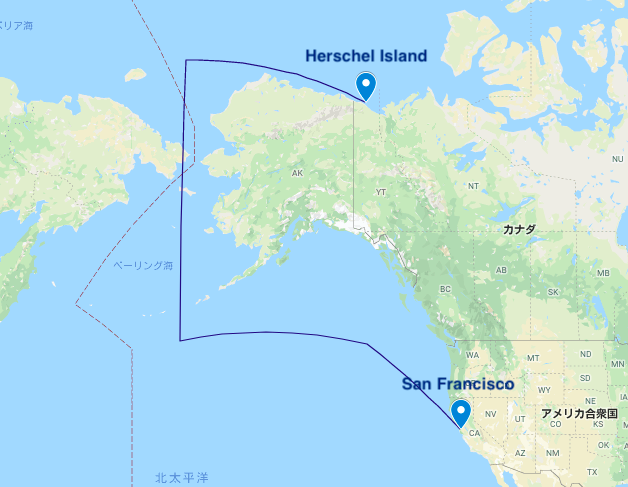
Back in San Francisco after three seasons, Wada discharges himself from Balaena, as Capt. Norwood had told him that Balaena would probably not go back to Herschel Island anymore. Capt. Norwood falls ill. Thereafter Norwood returns shortly to his hometown in Berwick, Nova Scotia, to return to the Klondike in 1897 again, according to The Register, a local newspaper. At his hometown he has J.M. Jarvis set ten acres of cranberries for him.
1895 (Meiji 28) 20 yrs.
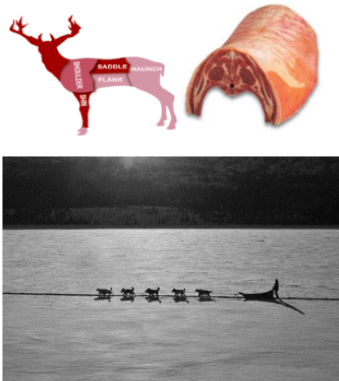
March 25 Steamship the Balaena left for Herschel Island from San Fransisco with Wada on board. Last fall Wada has become steward at the Balaena, now under Capt. Murray.
Wada is reported hunting and he comes back with 42 saddles of meat.
April Just when Anglican missionaries Isaac O. and Sadie Stringer visit Herschel Island from Fort McPherson, a box with his properties was found when Wada together with Mr. Thomas from the Narwhal made an excursion to Richard`s Island and the camp of Robertson in Shingle Point. Wada`s route is unknown but he was reported to have come to Shoalwater Bay. The box contained medicines, matches, candles, scissors, scent, twine, soap, and a few small books in which there was writing—part in English and part in Japanese.
May Wada (now called Wattie) returned together with Mr. Varnham to Herschel Island. He brought with him some large fish, 20 saddles of meat and some fur as well as reports that the MacKenzie river was free from water.
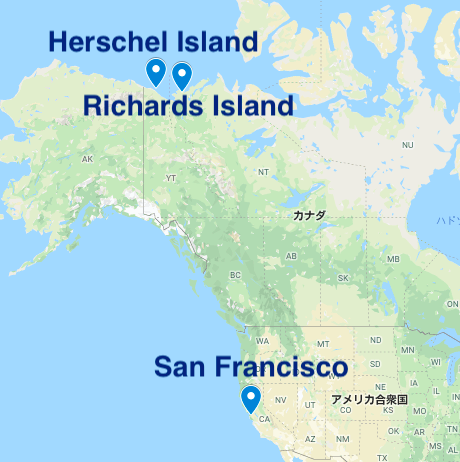
August The Balaena makes a return trip from Hershel Island to San Francisco under Capt. Williams, and will return in August. Wada and Murray are not aboard and remain at Herschel Island. In these years it took 18 to 24 days from Herschel Island to San Francisco. On the occasion of yet another visit by Isaac O. and Sadie Stringer to Herschel Island, they have breakfast in Wada’s tent in August Wada invites them to his house for other meals as well.
September Wada is mentioned at Herschel Island and his responsibilities under Capt. Murray still included cooking.
October After a stay on Herschel Island at least from April through September, he heads back to California. When Isaac O. and Sadie Stringer travel back to San Francisco, Wada meets them directly after arrival. During Stringer`s visit to San Francisco he went to the P.S.W.Co. and meets also with carpenter Veitch who`s discussing the building of a cabin at Herschel Island with Capt. Knowles. Later Stringer meets with fur trader Herman Liebes, and they take pictures together.
1896 (Meiji 29) 21 yrs.
Last visit to Japan
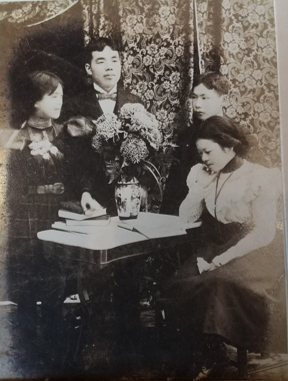

Fall
Wada, a devoted son, returned to Japan for three months to visit his mother, bringing home the money he had earned in the Arctic. Unfortunately, this was the last trip back to Japan that he ever made, although he regularly sent letters and money to his mother throughout his life.
Wada did not see a future for himself in Japan, but in the land of northern lights, he was completely free from both the yoke of the rigid class system of his native country and the segregation that existed in San Francisco.
(1896. 7.25, Kinbei Toda Commentary book)
He got back to Alaska, exploring the unbeaten tracks in the Arctic area that even an Eskimo feared of.
Herschel Island (1896)

The Pacific Steam Whaling Company (PSW Co) from San Francisco which employs the Balaena, along with other whaling ships, establishes a whaling station on Herschel Island. Their building on Herschel Island is called “Community House” and doubles as storage room and church. Anglican missionaries Isaac O. and Sadie Stringer were using the church when they lived on Herschel Island. As of today it is still in excellent condition as one of the oldest surviving buildings in the Yukon area. As the number of American whalers on Herschel Island increased, in 1903 Canada established a police detachment (NWMP) in Fort McPherson to render beyond any doubt its sovereignty over the area. From this close location frequent patrols were made to Herschel Island, where a permanent Police Post was housed from 1904. All since the Klondike Gold Rush started in 1896, NWMP increased its presence in border areas and around mining settlements, growing within short time from 20 police to 300. The Police Post on Herschel Island was headed by Inspector Francis Fitzgerald. As Herschel Island was not connected to the postal network until 1904, official government letters giving Fitzgerald judicial authority were often carried in by Wada. In 1911, the Community House was purchased by NWMP.
1897 (Meiji 30) 22 yrs.

Klondike Gold Rush
August, When the Klondike and Nome Stampedes are taking place, Wada is not much involved in gold mining.
One of the young men participating in the Klondike Gold Rush was writer Jack London. His failing to strike significant gold, contributed to the decision to concentrate on writing. Among the novels and stories set in Yukon and Alaska, are Call of the Wild (1903) and White Fang (1906), in which sled dogs feature prominently.
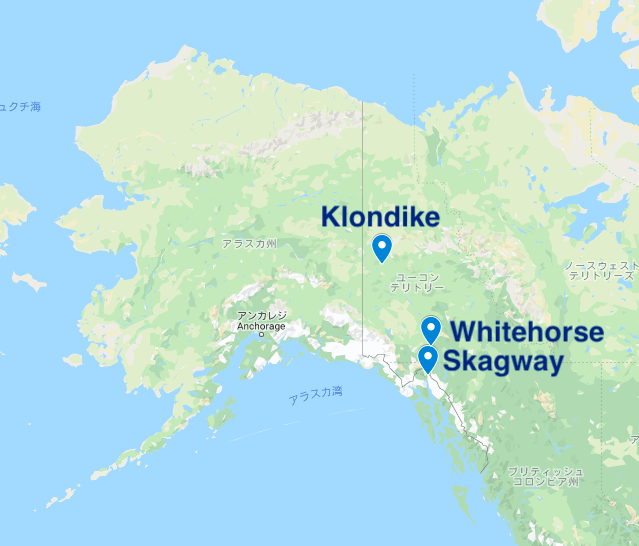
Also intending to participate in the Klondike gold rush was Capt. Norwood*. He was appointed Inspector of Mines in the Klondike region. Norwood arrived in Skagway in October 1897, together with Zachary Taylor Wood, who was inspector of the NWMP and went on to become captain.
Autumn 1897, at the onset of the stampede the Canadian government sent in 59 Mounted Police, a registrar, 2 mining inspectors, and an accountant in a serious effort to let everything happen in a lawful and orderly manner. This large party included Major Walsh, Wood with 10 men, Inspectors Norwood and McGregor, NWMP Inspector Harper with 20 men, Inspector Strickland with 5 men. Next May inspector Zachary Taylor Wood moved on to a police station on Lake Bennett, and was stationed in various locations in the Yukon area until 1910. In June 1900 a photograph taken at the completion of the railroad to Whitehorse, shows his wife ceremonially driving the last spike.
*August 25th, 1897: To the Klondike: Capt. H. H. Norwood, of Berwick, has been appointed an Inspector of Mines in the Klondike region. September 15th, 1897: Capt Norwood left (probably Berwick Nova Scotia) on Monday enroute to the Klondike.
Reindeer rescue
September

When 7 ships were trapped in the ice, Wada was aboard the Jeanie which in September found itself entrapped. Wada tells about this period, that the Bear tried in vain to assist and set clear the whaler Navarch that had been trapped 50 miles from Point Barrow since the end of July. By September 27th the last crew came ashore, rescued by the leadership of Charles Brower -who happened to be aboard, leaving the ship drifting unmanned. She turned out of sight by mid October. Wada saved the Newport that had been trapped in the ice, bringing the crew on board of the Jeanie. The crew of the Jeanie were rescued with food sent to them by E.A.McIlhenny assisted by a group of natives. Then later that winter the ice currents brought the Navarch close to their settlement and 5 miles west from Cape Smyth. Here Wada and the other rescue leaders decided to reach for the ship to make good use of her load of coal- their coal as all these ships were operating under the same company. 40 dog sled teams were formed, using 500 dogs. The ship was reached relatively easy, but the ice movements made the return trip much worse. In March the ship was seen off Point Barrow and in the end a fire destroyed the Navarch.
That winter McIlhenny had rented a whaler`s refuge station near point Barrow from PSW Co., which he now could use to shelter the rescued men. The next year Cape Smythe Whaling and Trading Company of Charles Bower, purchased the station.
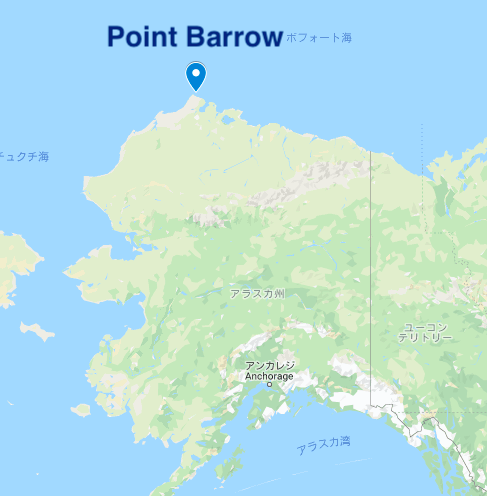
Wada worked at the Cape Smyth Trading post, Point Barrow, with the legendary Charles Brower. It was said that it was here that he learned the local customs and trade practices.
Just a few years earlier Brower had employed Frank Yasuda, a Japanese who had come to the US in 1887, then worked from 1891 to 1893 years on the Bear under captain Healy, before settling in the arctic from 1893. At Point Barrow, Yasuda had mastered hunting and whaling techniques, worked as a cook, and Brower trained him as a trader. He mastered the Eskimo language and married a native woman. As some locations and persons in this period are the same as Wada encountered, it is likely that at some point the two have known each other. From 1903 onward, Yasuda gained interest in prospecting and visited more inland locations such as Brooks Range and Chandalar River. In 1906 he resettles with his native family to Beaver, partly to protect themselves from measles, after epidemics in 1900 and 1902. In 1913 Yasuda leaves Beaver for Fairbanks.
Acquainted with world-famous explorers

XXXXXXXXX
The Libes family was backed by the Rothschild interests of London in their successful bid for seals of the islands near Alaska.
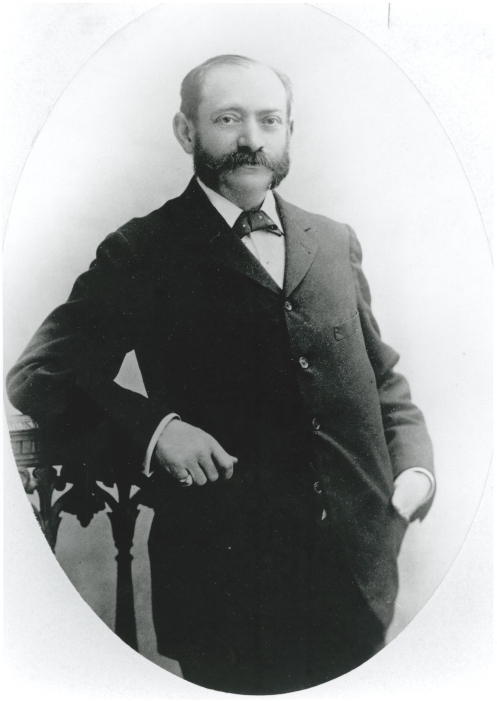
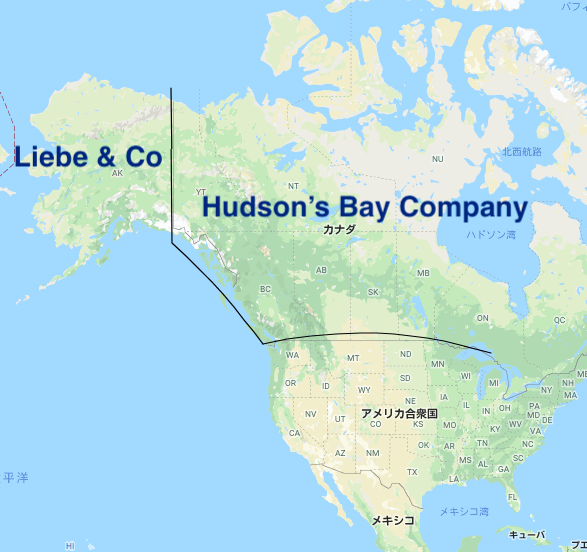
1898 (Meiji 31) 23 yrs.
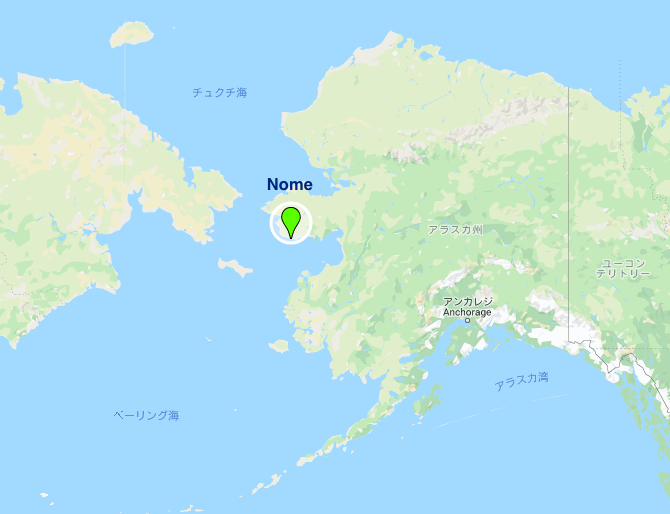
Nome Gold Rush
Wada did not participate as miner in the Nome Goldrush. However, he gained fame with both Nome and Klondike miners as a musher. With the help of 5 Japanese assistants, Wada provided delivery service to the minerscamps. When one Christmas day he arrived in their camp with supplies and surprised them by serving warm meals, he won their hearts, overcoming any existing prejudice.
Thoughtful delivery service
Likewise Wada made it a habit to visit Seattle, and to see relatives of the men who were mining up in the North. All letters that were handed to him he delivered without compensation, often under Alaskan and Yukon winter conditions, delivering when regular postal services were still suspended as local terrain and weather conditions always necessitate an extended winter break. These deliveries by Wada, of memories and messages of their loved ones needless to say were the highlight in the miners daily life.
Participating dog sledding race
As a seasoned and fast musher Wada was famous all around Alaska and the Yukon area, making thousands of miles, but still there was one dog race he could not win. He participated several times in the race from Nome to Candle, a 1,000 mile course. Yet he never came out victorious.
1900 (Meiji 33) 25 yrs.
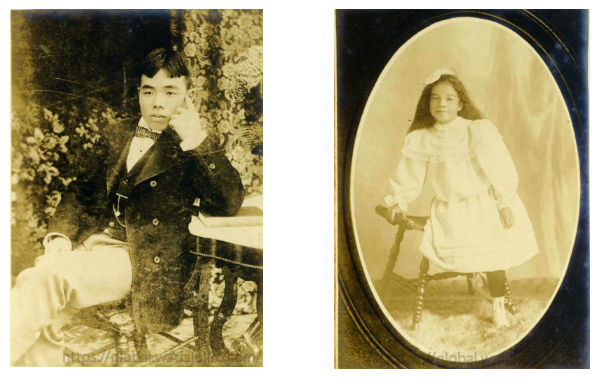
(right) Daughter Himeko when a child (one of 2 photographs remaining in possession of Wada’s relatives)
Helen Wada Silveira (Himeko), a daughter of Wada, was born and lived in San Francisco. Her nickname Himeko is made up from the three kanji (Japanese-Chinese characters) that mean Japan (hi) America (me) and child (ko). She is Wada`s only child, and although she very seldom met with her father she spoke a few words Japanese. Wada regularly sends money and takes care of her by paying for her education. Her mother was said to be (probably second generation) from European origin, and she took it upon herself to raise Himeko as a well-mannered girl, which made her a quite stern mother.
Winter:

Wada at Nome applied for American citizenship in Nome. He was denied. Without citizenship, Wada’s prospecting was all for naught. He wasn’t allowed to stake a claim. Instead he was forced to sell his information to a group of mining registration officers for a meagre fee. There were laws that limited the number of Japanese immigrants allowed in the country.*31)
1901 (Meiji 34) 26 yrs.
Summer
Wada starts working for trader E.T. Barnette. The party chartered the small steamer Lavelle Young under Captain Charles Adams in St. Michael. They headed up the Tanana.
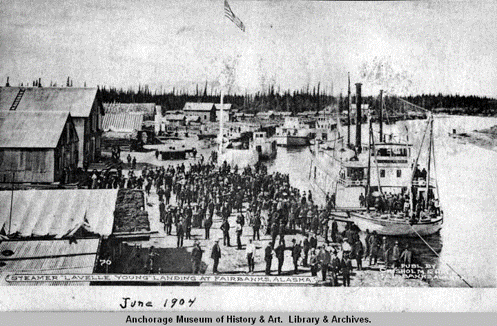
Wada was with Ohio trader E.T. Barnette (known as E.T., who later became the first mayor of Fairbanks). Barnette was a small entrepreneur who had participated in different gold rushes. He was one of the early ones to move to the Klondike after news of the gold strike arrived in San Francisco in July 1897. His choice to travel by ocean steamer to St Michael, and further to the Klondike by river steamer all the way to Dawson -as opposed to the mountain crossing and self-made boats that were the choice of the poor- is proof that his earlier mining had been rather successful. Difficult weather and fire however delayed the arrival in St Michael, and upon arrival the river ship he had booked had accepted better paying passengers. Still determined to reach Dawson, he purchased his own ship with a group of fellow passengers, had to fight upcoming winter, and when finally at Circle the frozen river prevented further travel Barnette purchased a dog sled. To his surprise however, when he reached his destination, all claims were given out already, so he had to accept employment at North American Trading and Transportation Company (N.A.T.&T.). Soon after he left Alaska.
Barnette had made several attempts to come back to Alaska, and this time after he succeeded in raising enough money for setting up his own business, he took his wife with him, and Wada joined them. Together Barnette and Wada were on their way to set up a store around upper Tanana area, at a likely site of railroad crossing as they had first-hand information from the N.A.T.&T. about the railroad to be extended from Valdez to Eagle so to provide a route through US territory.
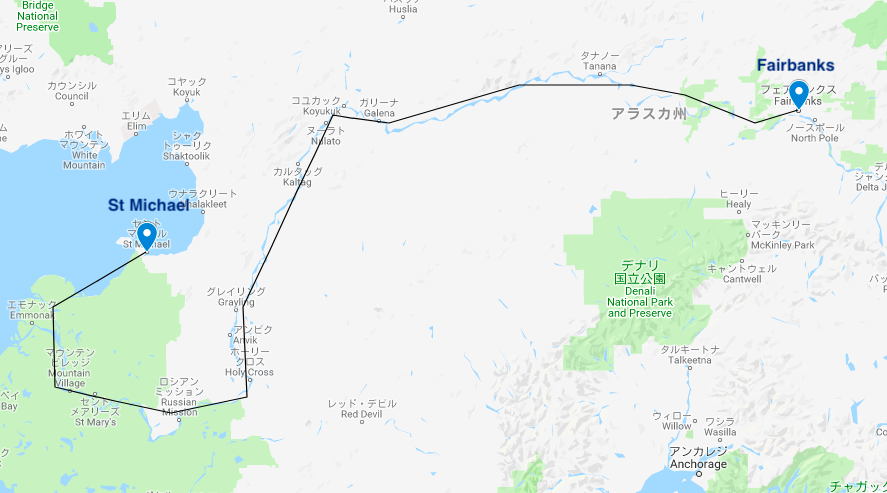
Wada was hired as cook. They had $20,000 worth of trading goods, and due to the heavy load river transport was difficult. They were set ashore, at what is now the site of Fairbanks after their boat got stuck in shallow waters and there it was that they founded Fairbanks. The first customers included the native nation of Athabascans, and an Italian named Felice Pedroni, later known as Felix Pedro. The prospectors came to Barnette when they were out of wood, and this gave Barnette some limited business. His hopes were that one day the prospectors would strike gold. After selling all trading goods, to Athabascans in exchange for furs, Barnette and his wife left midwinter, mushing to Valdez, and then departing for San Francisco, where they spent the remainder of winter. Next time they return to Fairbanks is spring 1902, with the Isabelle, a steamship of very shallow draft. During this voyage they first met with judge Wickersham whose efforts would be very crucial for the growth and prosperity of Fairbanks.
Nov. 11. Wada met at Pacific Steam Whaling. Co.’s office in San Francisco with some boys from the Narwhal and with Mr. Stringer.
1902 (Meiji 35) 27 yrs.
May
Planning a visit to a mining site he is involved with, Wada arrives in Skagway on the steamer Al-Ki out of Seattle, then heading for Whitehorse by newly opened railroad, and over the Yukon river to Dawson.
His ultimate goal is a point 700 miles northeast from Point Barrow. *32)
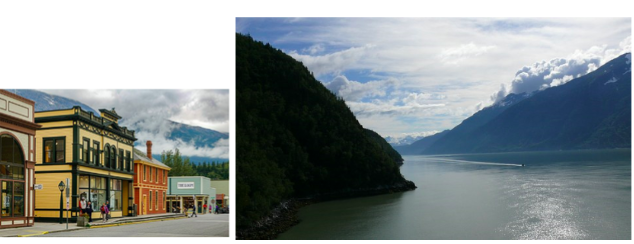
(right)Inlet of Skagway, Alaska, the first landing point for participants of the Klondike gold rush, from here crossing the mountains.
July
Wada works as a cook the ship Rough Rider -described as a gasoline launch-from Whitehorse, Fort Yukon, then to places in Koyokuku area such as Coldfoot and Wild Creek. He travels some stretch from the Koyokuk River to the mining site over land without any supplies and he will feed himself with hunting. His return is on the Rough Rider again passing several places along the Koyokuk before finally to Nome.

(middle)Amber, along the river Koyokuk
(right)Bettles Area along the Koyokuk
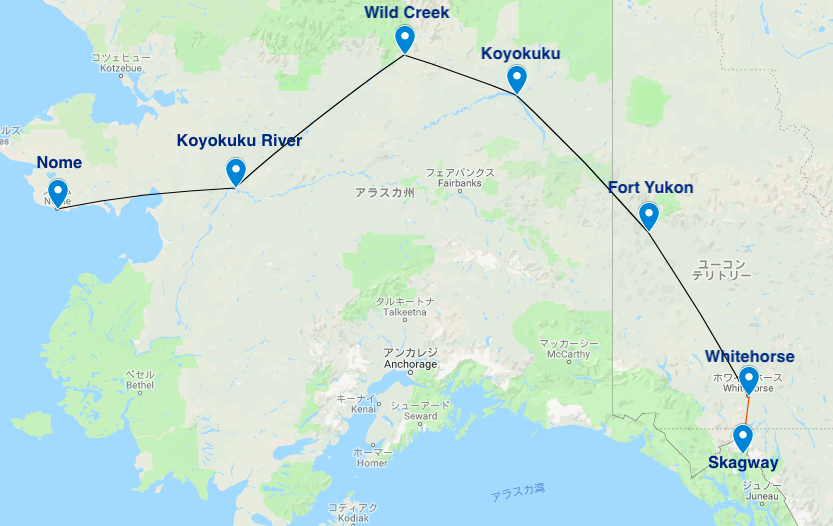
1903 (Meiji 36) 28 yrs.
Tanana Stampede
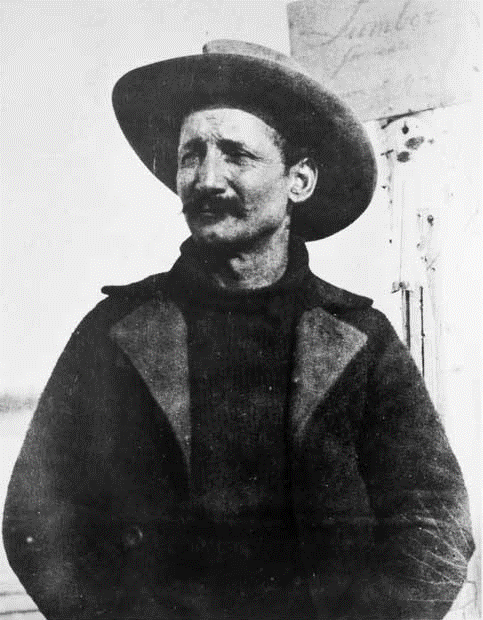
When Barnette and Wada founded Fairbanks, the site wasn`t close to any known gold sites, and the situation looked dire, but nearby Felix Pedro struck gold on June 12, 1902. Barnette took this opportunity to expand his trading goods business and immediately dispatched Wada to Circle to apply for the registration on Dec. 28th. Circle lies along the Yukon river and was founded in 1893 after gold discoveries in Birch Creek. Providing entertainment and supply to nearby gold miners, Circle grew in short time to become the most prominent city in the area, but its population was drained almost completely in the Klondike and Nome gold rushes (1897 and 1899 respectively.)
A slightly different account*33) is given by Wada himself, stating that he run his own store in Fairbanks, that the miners were in need of candles, and that he offered to supply them, and accordingly Barnette approached him to record some claims for him in Circle.
During the long wait for application Wada went to Dawson, in Yukon, Canada to send a confidential letter to the manager of the N.A.T.&T. in Dawson, which was a proposal for an additional branch in Chena, as Barnette foresaw the town would see a boom. As early as 1899 N.A.T.&T. already opened a department store in Dawson. Dawson was the Canadian city at the center of the Klondike gold rush. It was founded in 1897, and for 2 years only the town held more than 30,000 citizens, most of them leaving after the gold rush.
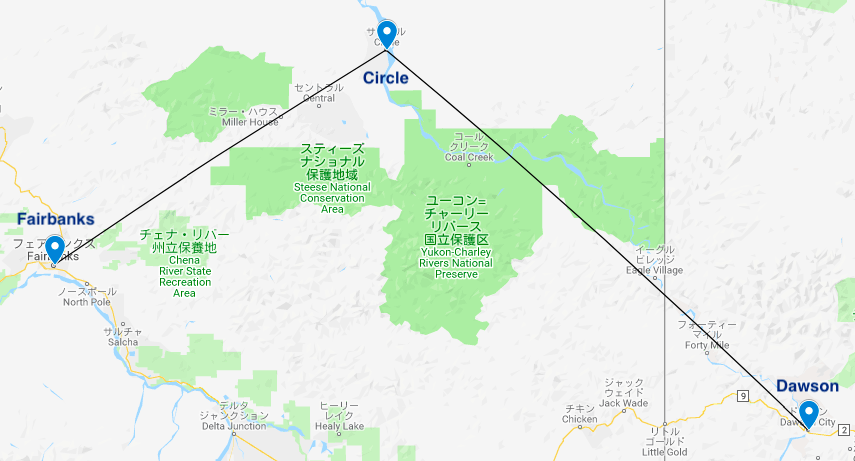
Another reason for Wada to visit Dawson was his desire to inform Capt. Norwood about their new settlement. Wada drove his dog sled for three weeks, finally arriving in Dawson on the cold day of January 17, 1903, when the thermometer registered minus 69F (minus 56 C). When the incident was reported in a newspaper, soon a crowd of people rushed to Tanana Plain to look for the gold mine, resulting in the notable “Tanana Stampede” outbreak.
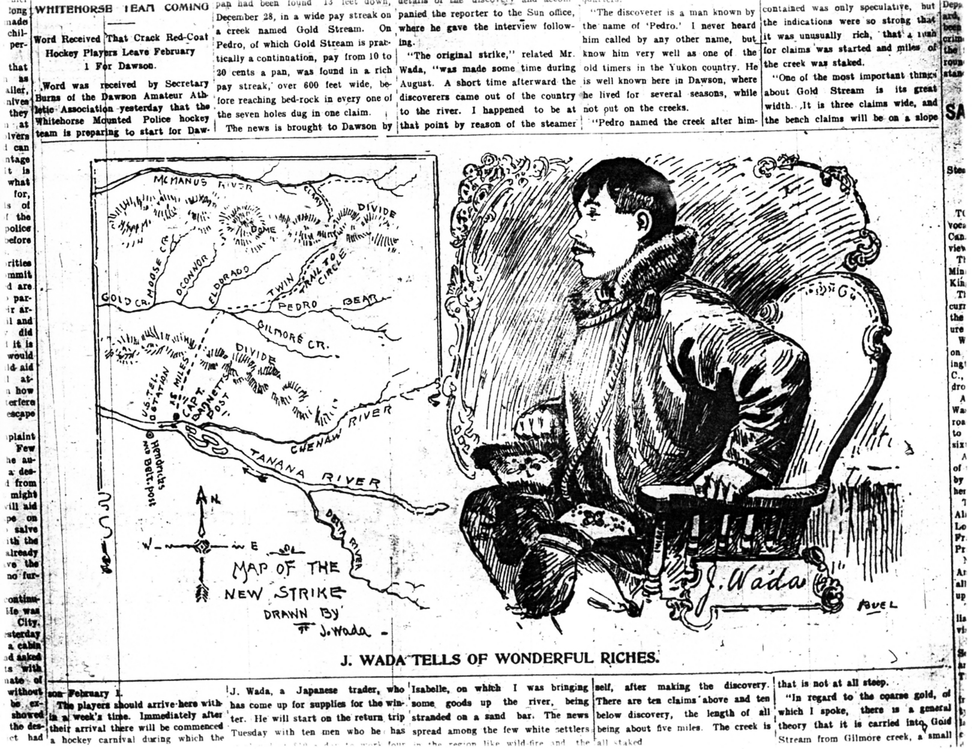
Some sources report that Wada was accused of causing a stampede, with fake news about gold. And that accordingly, the miners that were put at risk in the difficult conditions and could not find gold, had an informal trial demanding his death.
However this is not confirmed. There was real gold in Tanana, though not at easy depths. Also there indeed was an angry mob, but this was targeted at the shrewd retail practices of Barnette, who sold flour to the stampede at high prices and on unfavorable conditions.*34)
Co-founder of Fairbanks
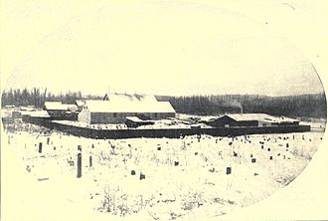
By 1908, the city founded by Barnette and Wada was the largest and busiest city in the territory. The name Fairbanks was chosen to honor the influential senator from Indiana, Charles W. Fairbanks, as suggested by Barnette`s friend Judge James Wickersham, who also did much to make the new city prosper. Already the same year he moved the district court from Eagle to Fairbanks, which resulted in a relatively high lawyer population. The Japanese population of Fairbanks was also substantial. ※1
April/May banquets
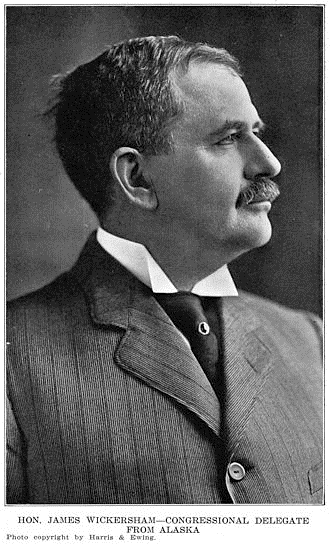
Judge Wickersham (Congressional delegation) came to Fairbanks, where Wada now had opened a restaurant named Tokio, located on 2nd Ave, while at the same time working as a clerk for Barnette. The setting was makeshift, the food however was plenty and luxurious.※2 Here Wickersham had his meals as he also mentions himself in his diaries, including a well-published *35) banquet April 28th that was attended by 7 lawyers and some prospectors including Felix Pedro, whose gold pan served as dinner tray, and who decided to forward his first ounce of gold to Senator Fairbanks. The lawyers returned the favor by organizing a banquet again on May 12th.
Expedition to Mount McKinley
Wada requested to accompany Wickersham to Mount McKinley. The party included John McLeod, George Jeffery, Mort Stevens, Charlie Webb, Mark, and Hannah. During the Wickersham expedition, Wada fell ill and dropped out.
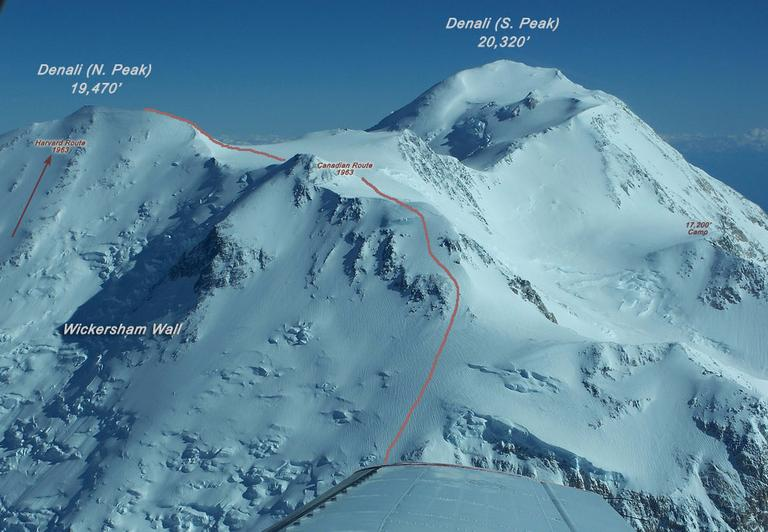
The remaining members made it to the 10,000 feet (3,048m) mark, which is now known as the Wickersham Wall. The first to claim to have reached the top of Mt McKinley was Frederick Cook in 1906, but this proved to be false. In 1913 a party lead by Hudson Stuck completed the first successful and proven ascent, but it was not until 1963 that an ascent using the route over Wickersham Wall succeeded (by David Roberts).
In 2015, president Obama officially renamed the mountain Denali, a native Alaskan name, but president Trump requested to change the name back to Mt. McKinley.
June
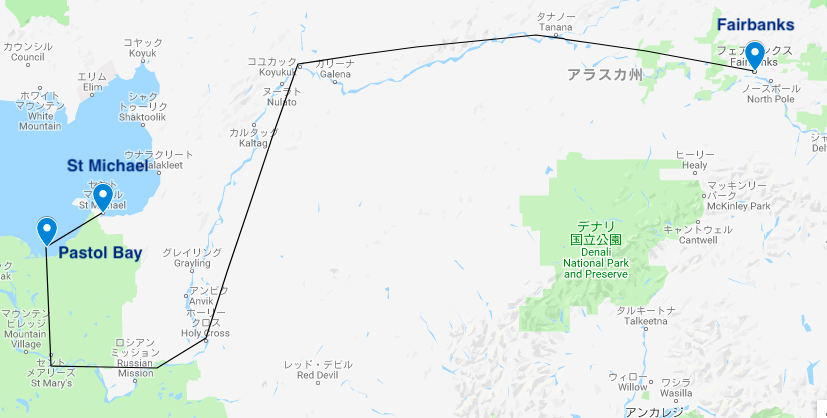
Wada left for Chena in June, with the intention of collecting some debts from people who owed him money. In this period Wada himself had accumulated hefty gambling debts and he alleges that the money owed to him exceeds how much he owes others, if only his debtors would pay. The effort to get money was in vain and he then proceeds to St Michael where he finds out that there is an arrest warrant against him in Fairbanks. He then flees to Nome and Teller (near Port Clarence) where he takes an assignment to bring $3,000 worth of goods to the market.
July
Released on bail
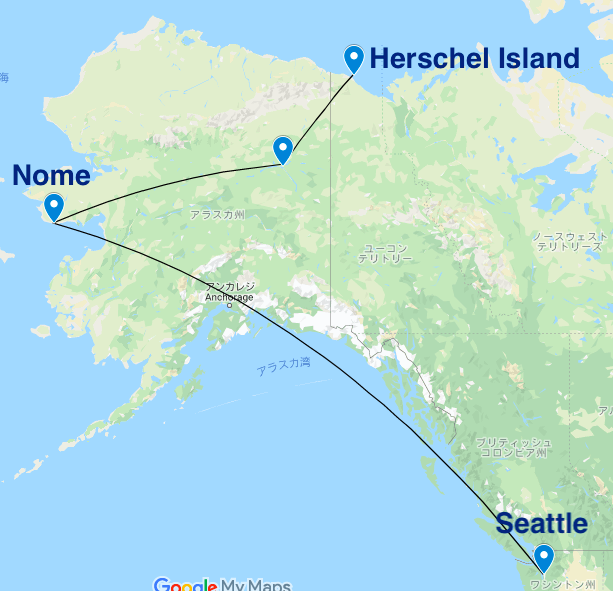
At Nome, before he could make it back to Teller for his assignment, he was arrested for illegally selling mink furs. This made his troubles even worse. He was released on a $500 bail, but never returned for his hearing. He was reported as fugitive and as the Roanoke left Nome right after his disappearance, there is some speculation whether he might have been on board. In November he writes to Judge Wickersham, about his trouble and that he realizes how foolish he had been. He left for Seattle thereafter. *90)
Early in winter Wada arrives in Nome and asks Thomas Mogg, the captain of the schooner Olga, whom he knew as a fellow whaler,to bring him to Herschel Island, as it was not possible for Wada to openly stay in Nome. Mogg agreed to help him, but unfortunately the schonner run into ice 50 miles out of harbor, and had to go back for repairs. Mogg provided Wada with a dog sled, and thus recommended Wada to go to Point Barrow. Wada pledges to return the sled and five dogs to Thomas Mogg in Herschel Island, and departs on a 700 mile solitary journey.The harships and the cold on the way to Herschel Island almost cost him his life, but he safely arrives.The Olga however disappears four years later near the mouth of the Mckenzie River, and the dog sled was never returned.
1904 (Meiji 37) 29 yrs.
October-November

Wada travels from Point Barrow to the North, mushing 900 miles and reaching the coast near Horseshoe Island, his goal being to spend the winter prospecting.The winter is extremely cold especially due to a gale. An Eskimo who accompanied him didn`t want to continue,and on his solitary way back froze to death. Wada recalls an episode of seal hunting in November, on the Arctic ice together with a few Eskimos, in Canadian waters when they could find their own tracks on the way back due to the drifting ice. As it happened the ice had drifted so far off,that they crossed into the US waters and when finding the shore it took them 48 hours back to their camp site long the Arkicheeluk River,an estimated 60 miles.
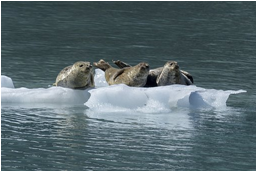
<The Japan-Russo War broke out>
1905 (Meiji 38) 30 yrs.
November
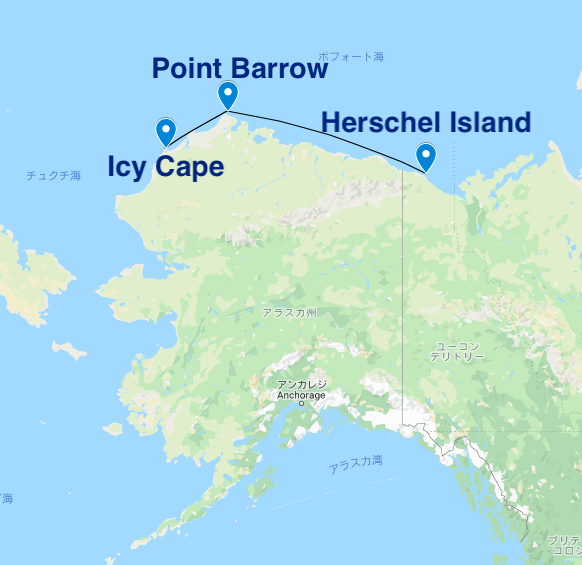
After falling out of grace with the Indians on Herschel Island, Wada leaves for Cape Beaufort and Icy Cape. Here he is hunting seals to sustain himself and his dogs.
1906 (Meiji 37) 31 yrs.
Wada as Eskimo King
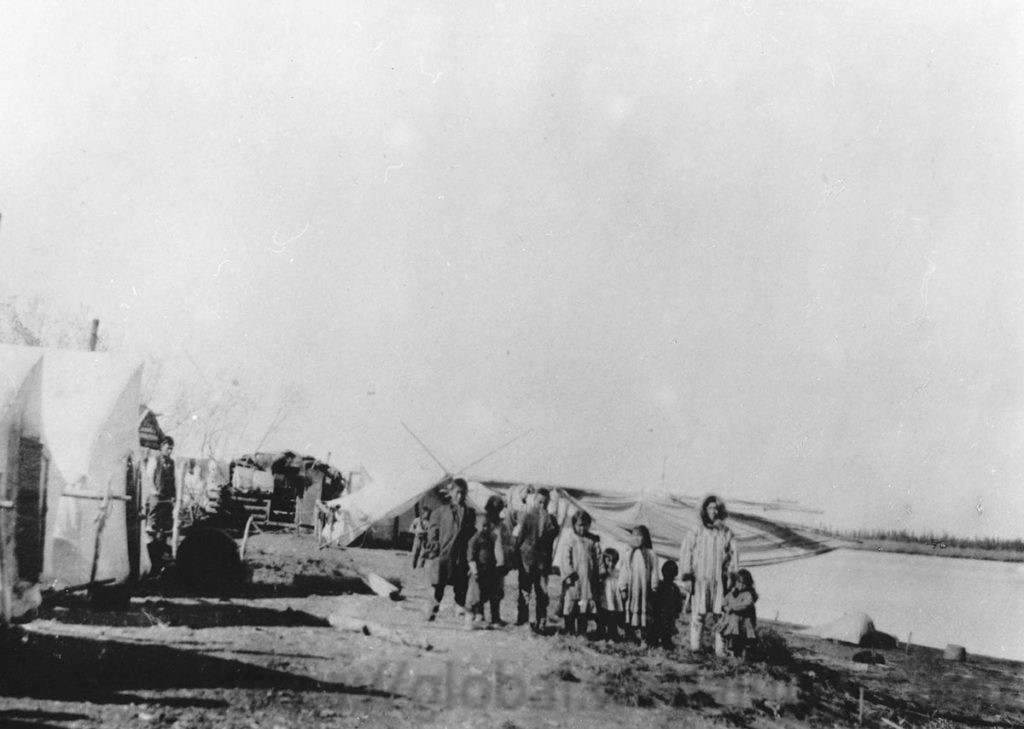
Already during his days working for Capt. Norwood, Wada befriended the people, that a newspaper describes as the Icy Cape Indians. Now Wada was made king to control three villages of Eskimo as a token of gratitude because Wada was dedicated to the improvement of their indigenous life. He helped their trade improve because visiting traders made outrageously unbalanced barters with them. Also Wada improved their hygiene and took medical care of them during an epidemic of measles. One of the natives was thought dead but recovered due to a cure provided by Wada, much to the astonishment of all.
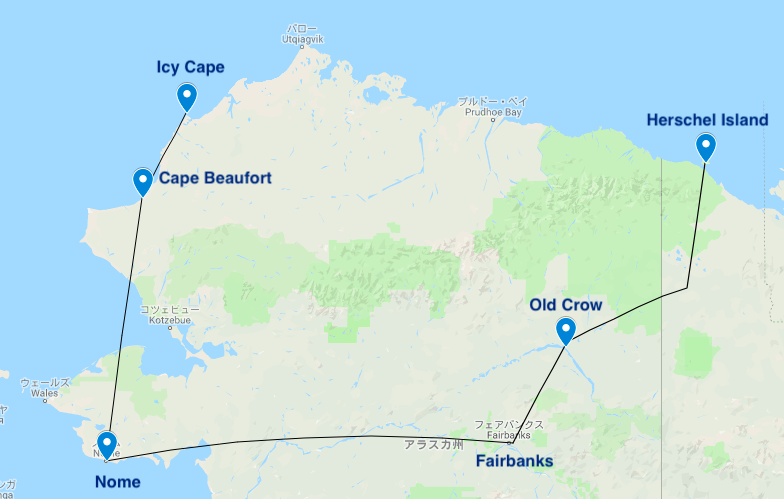
In August Wada and the Inuit came to Nome bringing furs to trade. After they sold all they brought, Wada fell asleep after drinking and lost all the money. A trial held October 15 found Wada not guilty of charges of embezzlement due to a witness produced who contradicted the narrative. The reliability of the witness is in question and some other events are not well explained either, as later that year the same witness accused Wada of stealing $200 from himself during a trip from Icy Point to Herschel Island.
November
Wada left Icy Cape for Herschel Island, traveling with one Inuit, a journey of 700 mile, where he was asked to deliver a bundle of the newspaper Nome Gold Digger to the island. During the long sled ride companion accused him of stealing money, then Wada continued the travel alone, reached Herschel Island by his own, and made the winter full by returning all the way to Nome February 1907.
On his travel out of Nome for he makes 100s of miles by dog sled prospecting for gold. Wada believes to find something of worth, however he prefers to do this alone, for in case he won`t find anything he will not have mislead anyone. He wants to go out into the wild, into the North, and try to find gold.
He hopes to strike gold and change his luck all for the better, just like Barnette has done, though whether he will find gold or not,
whether he will die on his search or keep alive, he does not care too much, as long as he can try. He does not mind the cold of Alaska, as he tells there is something in the North that is inviting to men, and that he spent a wonderful life in the North.
Wada is not very pleased with the dogs available around Nome, and therefore he purchases good dogs near the Mckenzie River.
1907 (Meiji 40) 32 yrs.
January
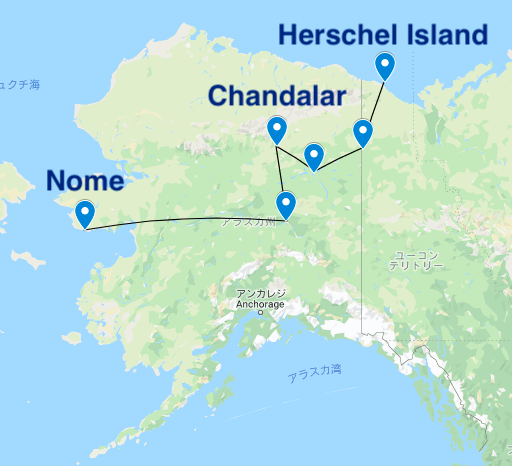
After gold finds in the Chandalar area, this is the latest place all gold diggers are concentrating on. Wada has one of the richest claims and becomes quite wealthy. A Dawson newspaper reports that he is “one of the hardiest men in the north” and reminds the reader of the Tanana stampede, that Wada`s reports that time has proven more than true, and that therefore his newly gained wealth is not begrudged by anyone who knows him.
February Wada returned to Nome from Herschel Island.
Athletic talent
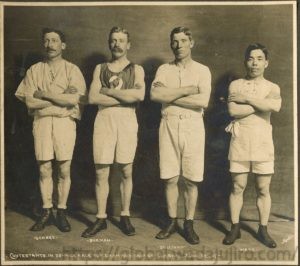
March 9
Wada decided to participate in a 50-mile marathon race held in a brand new arena in Nome, likely motivated by the prize money of $500. Without any special training, Wada surprised everyone by winning the March 9th rage with a time of 7 hours 39 minutes and 10 seconds.
March 27
He won another 50-mile race at Nome, and then triumphed yet again in a 35-mile race on Jan 1st. Running against taller and stronger men, his success surprised even himself, as he stood at just 155cm tall. At 32 years of age, Wada’s fame as a great runner spread all over Alaska.
Col. L. L. Sawyer, an officer in the Civil War, who had been a politician in Connecticut before settling in Alaska, was very energetic also in the promotion of sports. He was the man that discovered the potential of a runner in Wada.
June 9 He won another 35-mile race at Nome.
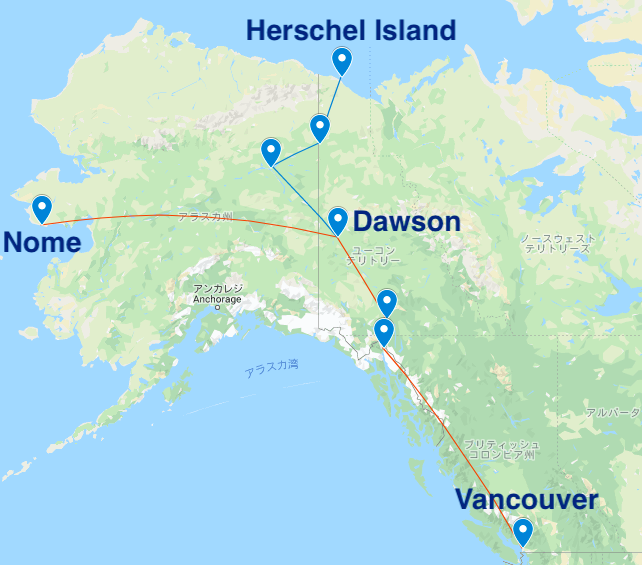
July 4th He won another 50-mile race at Nome.
Sept. 27 Wada at Dawson on 2nd Ave at “Big Joe”
Aug. 1st Vancouver
Hoping to participate in the Vancouver Marathon, Wada came to the city in August. However, as he had accepted prize money earlier this year in Nome for his success on the 50-mile race, Wada is now regarded as a professional, and therefore not allowed to run. To compensate he now issues out a challenge for anyone to run against him on any distance from 25-mile and above.
October from Dawson to Herschel Island shipwrecked on the Yukon
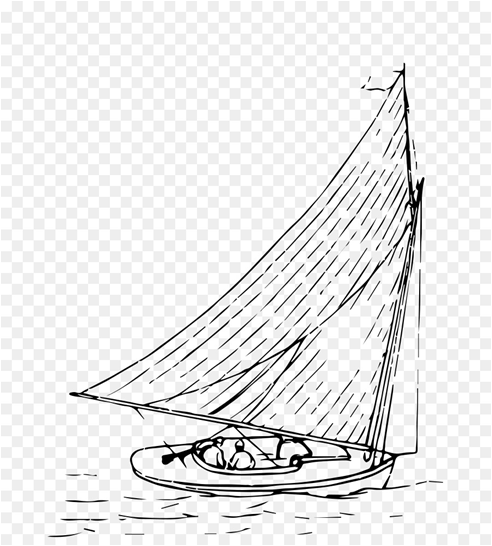
Together with fellow traveler Sutherland, Wada tried to navigate the Yukon, leaving in the middle of October from Dawson. Their scow shipwrecked near Twelve Mile, where they sheltered two nights in their stranded vessel before being rescued by Colin Inkster and 4 Moosehead Indians. They were bound for Fort Yukon but Wada decided to go back to Dawson and wait for the rivers to freeze so he can travel by dog sled, while Sutherland proceeded to Forty Mile.
November from Dawson to Herschel Island
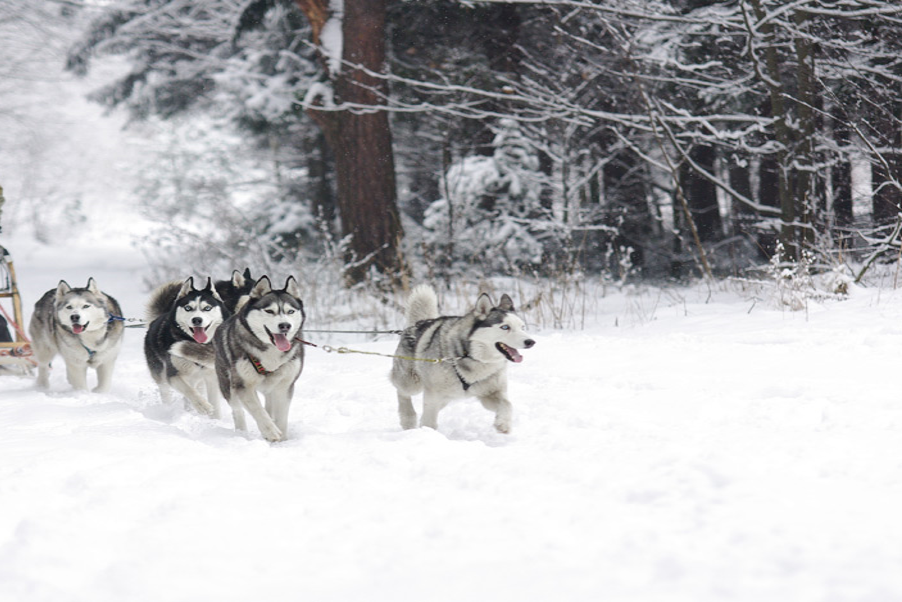
Starting in November Wada moved from Dawson northward to Herschel Island, with 6 dogs and a dog sled. Before reaching Herschel Island, the route brought Wada to Fort Yukon where he joined with another musher, a Canadian whose name is Harry Anthony. They traveled together to Rampart House.
This was an old trading post abandoned by Hudson Bay Company, and taken over by independent trader Daniel Cadzow. The small settlement of Rampart located right at the Yukon-Alaska border was a crossroad of government officials, fur traders, the Gwich`in and missionaries, such as Isaac O. Stringer, who since 1905 had become Bishop of Selkirk and personally oversaw the marriage of Cadzow to Monica Njootli in 1909.
Anthony traveled back from there, but Wada continued his journey accompanied by a native following the Porcupine River and then over the hills still headed toward the whaling post. His fellow traveler parted with him insisting that Wada is such a skilled Arctic explorer that he could easily travel alone. He brought with him a small tent, for spending the night safe from the outside conditions. During the last solitary leg of his travel, Wada bore witness of a struggle for life between a polar bear and an Eskimo whose rifle failed. *92) *93).
1908 (Meiji 41) 33 yrs.

March He made a 1,600 mile solitary trip back from Herschel Island by dog sled, heading for Dawson. As winter conditions make shipping impossible, Wada acted as a lifeline between the island and the mainland, carrying newspapers to Herschel Island and the mail back from Herschel Island, including the letters of the whalers and the NWMP inspector Francis Fitzgerald who lived on the island between 1903 and 1911. One letter from Herschel Island also shows that Captain Jarvis was still on the island at the time of Wada`s winter stay. During the long trip he hunted many seals, which soaked his clothing in seal oil. During grouse hunting the sun and snow blinded his eyes, and he run out of food, two of his dogs died and were fed to the other dogs. His remaining dogs still at the brink of starvation, he started to feed his shoes and trousers full of seal oil to his dogs. After also sacrificing his socks, he arrived in Rampart House in his underwear and snow-blind. When Wada arrived here, his eyes were dripping wet from snow-blindness, which Cadzow mistook for tears of joy for a safe arrival, and Cadzow started to weep as well.
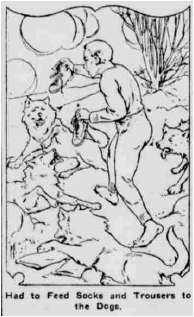
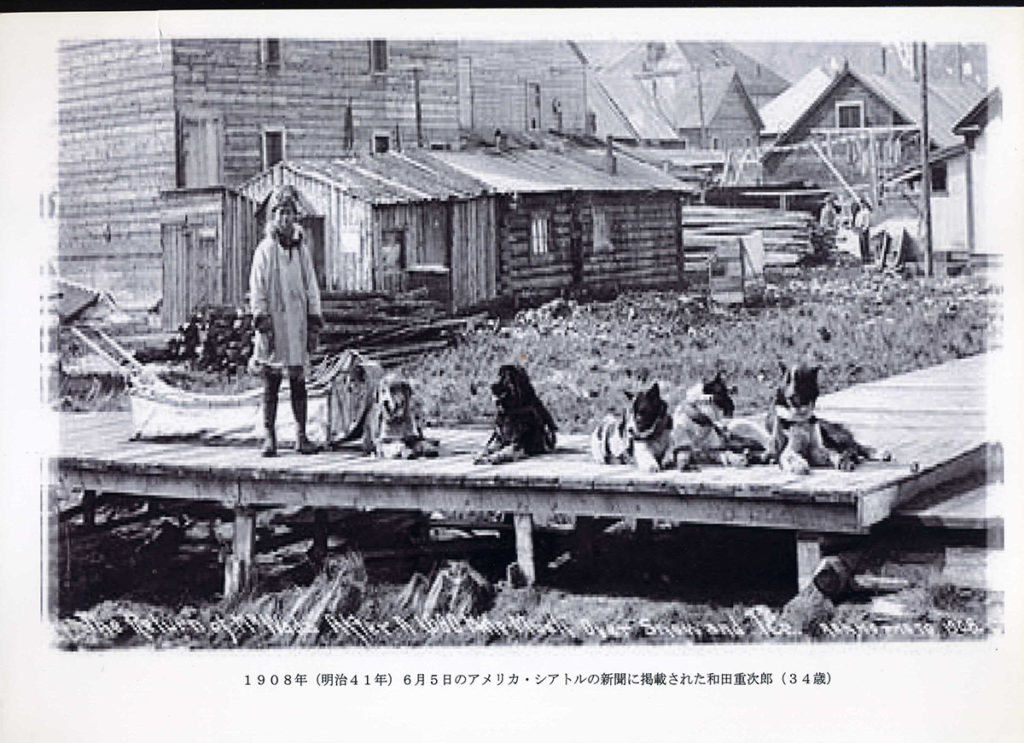
The Cadzow family is an old Scottish family and http://cadzowhistory.org/cadzow-a-short-history tells more about their ancestry and history. Up till the present day Rampart House is still in use by Cadzow`s relatives.
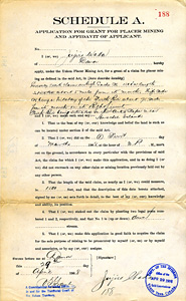
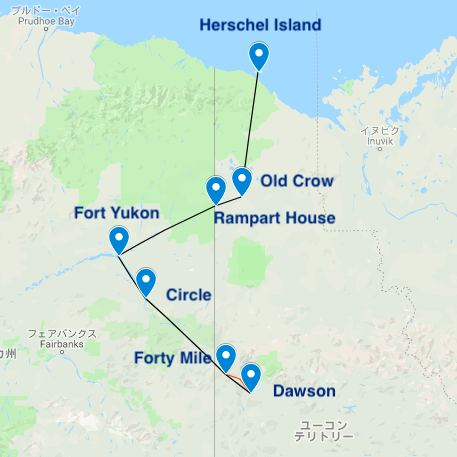
From Herschel Island to Rampart, Wada mushed inland then up the Old Crow River, down the Rapid River to the Porcupine and from there along the Rampart to Rampart House, all in nine days. The route from Rampart House to Fort Yukon took Wada only seven days. In Fort Yukon he feared that the ice would not be good enough to reach Dawson over it, so he decided to mail the letters that were entrusted to him, but then a few days later he changed his mind and indeed took it upon himself to bring the letters with him. Eight days later he arrived in Dawson, the total course from Herschel Island took 24 days including some time spent waiting for weather to improve at Rampart and Fort Yukon.
Starting from Dawson no one had ever reached so far a distance before. He explored 5,000 miles (8,000 kilometers) coastline of the Arctic sea by a dog sled, which was broadly reported in the newspapers.
1909 (Meiji 42) 34 yrs.
January 27th
Fairbanks Attended 26 1/2 marathon Demara, the Greek, beat Wada Sp
Spring
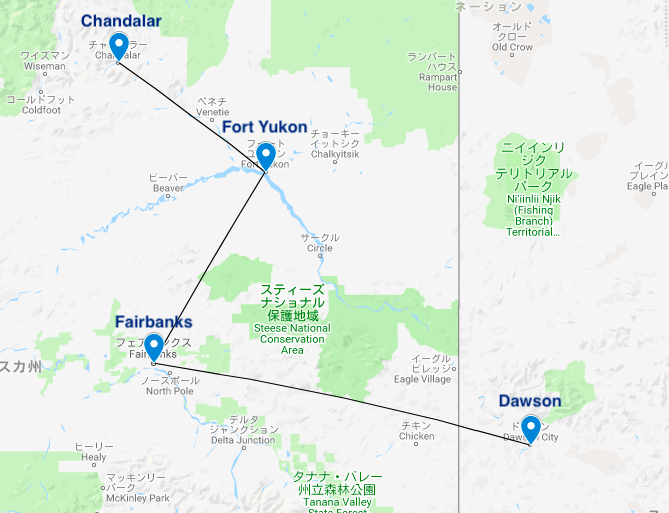
End of March Wada left Fairbanks, for a visit Fort Yukon and Chandalar, for a total of 700 miles which he completed in 19 days including his 4 days stay. At that time in Chandalar prospecting for quartz was going on. He has been working for Baird, and on arrival back in Fairbanks the Fairbanks Daily News-miner reports April 9th, that his mission was successful, and that he believes Chandalar will become a rich quartz camp. His travel to Fairbanks was reported to be in record-breaking time and through extreme heat, which burned his face and made his lips “swollen to the thickness of a beefsteak.”
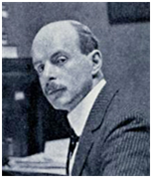
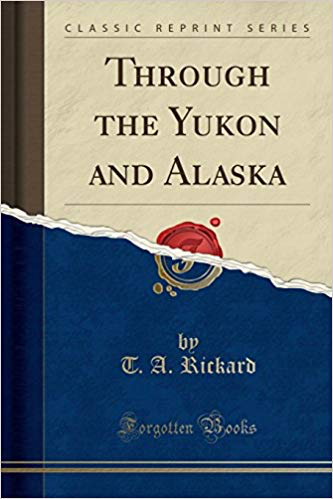
The book “Through the Yukon and Alaska” was published by Thomas Arthur Rickard from San Francisco, Mining and Scientific Press. The book mentions the founding of Fairbanks, Wada`s journey to Capt. Norwood in Dawson, which set off the Tanana Stampede, and around 2 pages describe the 32-day journey of Wada by dog sled from Nome to Herschel Island, and the legendary journey back to Nome where he ran out of food. Rickard praised Wada and the type of frontier man and adventurer that he represents, and he continues by declaring that millionaire-backed scientific expeditions seem shallow in comparison and that they rather employ men like Wada, and leave the likes of Peary to deliver a lecture.
October 7
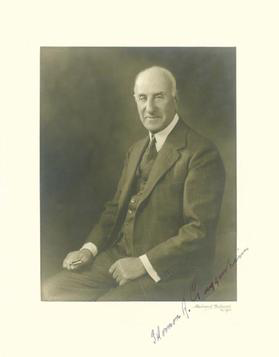
Wada participated in a 20-mile run held October 8th in the Horse Show Building in Vancouver. A crowd of more than 1000 Japanese came to cheer on Wadas race, but he lost from John D. Marsh. October 17th, a $10,000 race is organized by Robert Guggenheim (later establishing Guggenheim museum). Wada is advertised as participating as are Yves, Hayes, Marsh, and others. After arrival September 24th he is training heavily.Wadas chances of winning, for gambling purposes are at 4 to 1, leaving him the fourth most favorite. He fails to show up, and looses his entry fee. Yves goes on to win the race and in doing so even breaks the world record.
The Guggenheims were very active in Alaska, where they kept purchasing the claims of small miners. All the connected claims allowed for large areas to be mined dredges which is an efficient way of mining but expensive to start. E.g. the Guggenheims made around $ 2 million of initial expenses to start mining in the Kenai River. The exact amount of the rewards were unknown, but a 1901 article writes that gold smelting in Seattle went down by $400,000 in a year mainly because the Guggenheims sent their
Dawson gold to San Fransisco to get smelted. In railroad business, steamships and wharfing, the Guggenheims are accused of oppressive tactics squeezing their competitors out of business due to unfair rates for the related services.
Wada takes a short trip to Seattle. Praising Wada as a captivating speaker, an effort is made in Vancouver to arrange for Wada after his return from Seattle- to deliver a lecture about his exploits in the North.
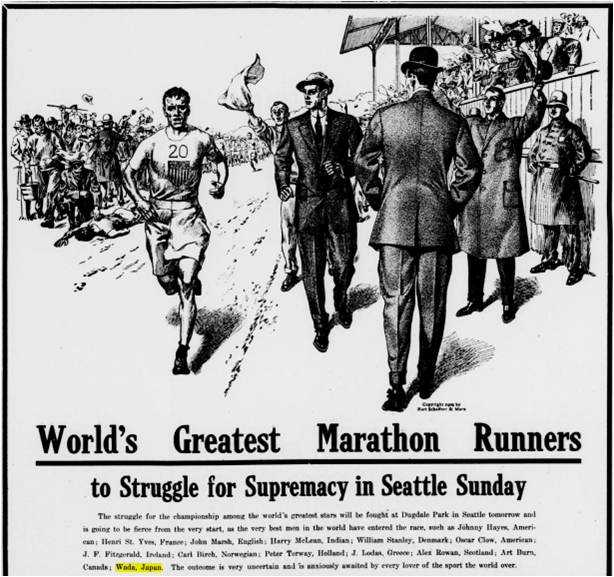
October 17 Wada was listed to run in a marathon in Seattle
race is organized by Robert Guggenheim, where a large exposition was held, but he failed to appear at the run. Among the professional runners is Johnny Hayes, the winner of the London Marathon. *94)
The Alaska-Yukon-Pacific Exposition was held in Seattle from June 1909. In general the exhibition targeted to change the image of Alaska, as a civilized and prospering place. The underlying thought was that an improved image of Alaska would qualify it for becoming a regular US state. President Taft -who had a colonial view on Alaska- came to visit the expo. The exhibition highlights included gold, Alaska grown vegetables, embroidery and sports, especially marathons. In the marathons Wada was supposed to run, but the original schedule had been altered and it increasingly conflicted with Wada`s upcoming activities in Seward and Iditarod, and finally Wada withdrew from the biggest and final race. This biggest race was held October 17, but Wada left Seattle for Seward, as he had been meeting with businessmen who wanted a land route for winter use to the Iditarod mines.
Who Discovered the North Pole? The great Cook and Peary debate.

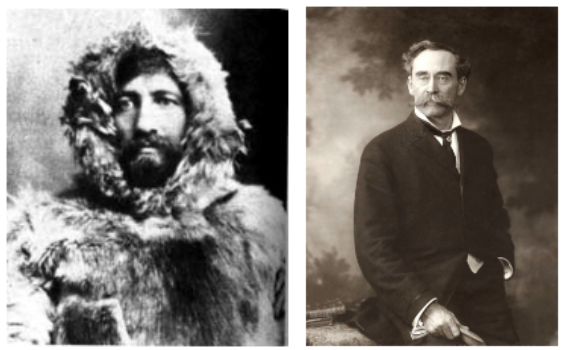
(right)Wikipedia, Robert Peary
Both Frederick Cook and Robert Peary claimed to have gotten there first. Together they inspired a bitter and never-ending controversy about who is the real Columbus of the Arctic.
Cook was also accused by Peary of falsely claiming to have reached the top of Mt. McKinley(Denali) in 1906, on which later historians indeed have judged that photographs taken by Cook were at considerable distance from the real peak.
The controversy of whether the claims put forward by Cook and Peary are true, made inquiries to Wada, as the leading authority on arctic conditions. Wada e.g. is mentioned as the first one to point out the impossibility of Cook’s temperature record of -117F, leading to Cook correcting his record. Wada points out in this article that the arctic ice is constantly moving, sometimes at speeds of 9 miles per hour. And that therefore Peary`s claim that he found no trace proofing previous presence of Cook anywhere near the North Pole, should not surprise anyone with knowledge about the ice. He relates an episode from the 1897 fall, the period when he made acquaintance with E. A. McIlhenny and Charles Brower. He recalls that when going to a whaler entrapped in the arctic ice, and in one day the ice formed mountains on the coast, and travel time between ship and coast had increased dramatically.
A Fairbanks Daily News-miner article from Oct. 26, 1909
The same newspaper article describes Wada as expert and supreme authority on arctic matters, because he has experiences that are similar to Cook and Peary, and his travel experience exceeds that of any Eskimo, and he has been mushing through arctic conditions for more than 26,000 mile.
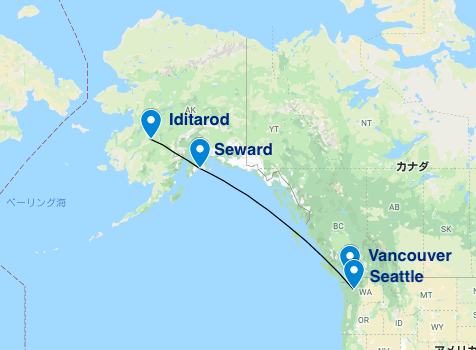
Early November

(from Wikipedia)
He left Seattle for Seward on the steamer Yucatan after the Seward Chamber of Commerce wired that the trail to Iditarod can be opened, including an invitation to lead the way. On barding the Yucatan, he allegedly carried only $2,40, of which he spent $2,20 before arrival. He arrived early December, carrying mail for the miners in Iditarod, which was the location of the last substantial gold rush that Alaska experienced. He also planned to improve the conditions of the route from Seward to Iditarod, and locate sites for building roadhouses along the way. He brings the mail to Iditarod, arriving there just on time for Christmas.
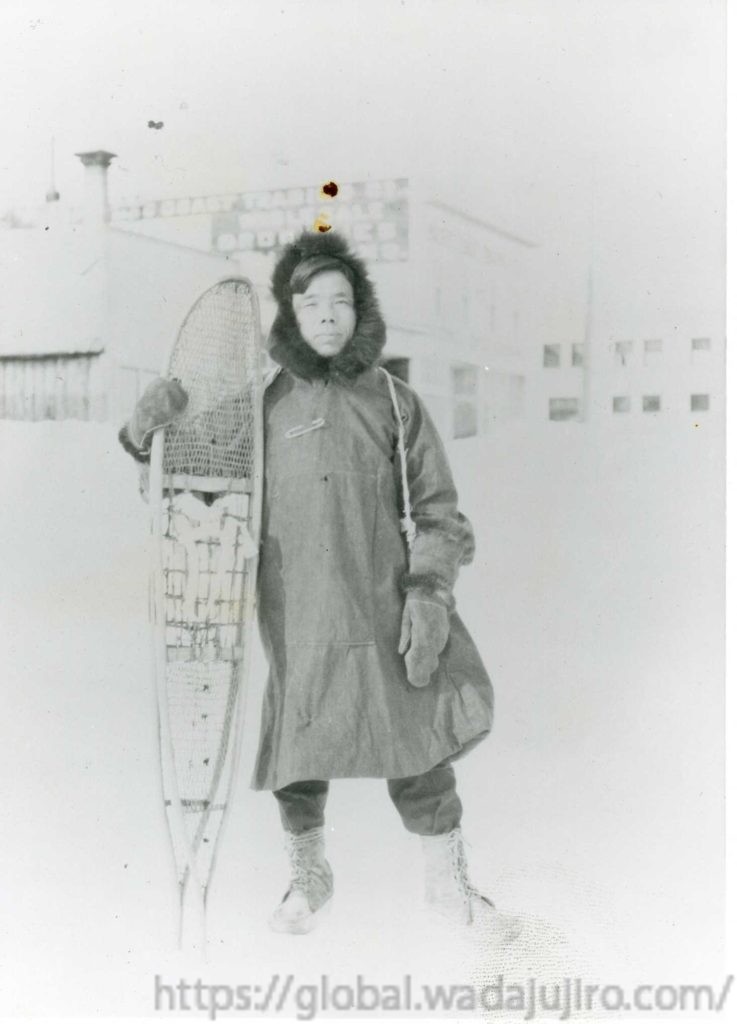
Being asked by Seward Chamber of Commerce to develop the trail from Seward up to Iditarod mine, researched with thirty dog sled parties. Thanks to that trail, a lot of people’s lives were saved since carrying the blood serum on the dog sled was made possible when diphtheria broke out in Nome in winter 1924-25 where ships would be too late and airplane pilots who could deal with the Alaskan winter conditions were not available. To commemorate the recovery from the diphtheria outbreak, the world longest dog sled race, the Iditarod Trail Sled Dog Race started in 1973, which stretches 110 miles and follows for around half that distance the trail that Wada improved and advertised to the Seward Chamber of Commerce.
A more detailed but slightly different account of events is given in the Seward Weekly Gateway of Dec 4, 1909. It relates how a special meeting of Seward Commercial Club was called at the office of Judge Finnegan, with the purpose of discussing a proposal by Wada. He offered to go to Iditarod and return within fifty days, so as to demonstrate and advertise how favorable the route is, making look any other routes time consuming and hard. As this would bring about a large increase in traffic through Seward, a committee was appointed and favored the proposal. Actually before leaving for Seward, Wada received a telegraph with an invitation to open a trail from Seward to Iditarod and lead the way for the first travelers. Wada and Alfred Lowell, Japanese-American, were paid to make the trip. The trail was in heavy use for a few years, but later travel slowed down, favoring a route over Fairbanks. lt was the mail route to Iditarod until 1918 when bushing on the trail became a too large obstacle for mail carrying dog sleds.
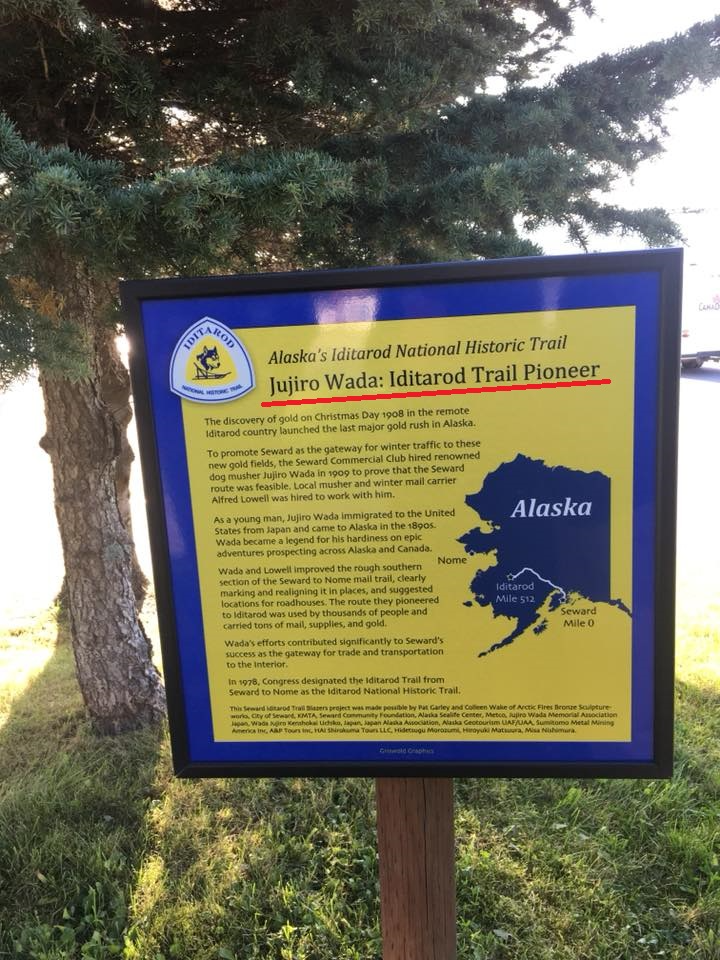
Dec 17, The trip started from Seward, reaching Sisakaket in the Innoko area in 21 days. He sent a telegraph when he arrived January 7. From here he went on to inspect some of the mines in Iditarod, and made it back to Seward by dog sled all within the agreed time frame. Despite several setbacks along the way including prolonged temperatures of minus 60 degrees Fahrenheit-Wada and his team were successful.
1910 (Meiji 43) 35 yrs.
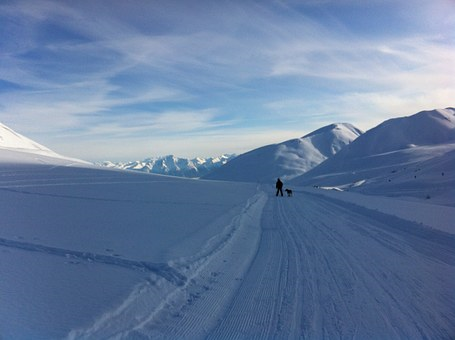
Wada stays at the Knik Pioneer Roadhouse that Frank Cannon was running near Wasila. He went out and was asked to post letters in Seward. Some small luggage was found left behind, and its contents were money and maps, which lead to suspicion of Wada as a spy. Details are described in the article mentioned hereafter in the caption below 1923.
Cannon served in the Territorial House of Representatives from 1917 to 1918 and also became the Postmaster of Wasilla. A book about Judge Wickersham from 1920 mentions Cannon in favorable terms.
April
Seattle to New York
August
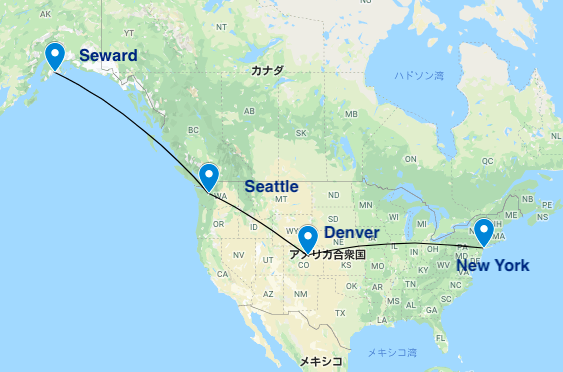
Wada writes a letter to James Wickersham to congratulate him with his reelection as the congressional delegate from Alaska. This letter is sent from Denver and he tells that he just arrived from Cripple Creek, Co. and that he learnt about the reelection from the newspapers. Wada spent his time studying navigation in New York from October to January 2011.
November
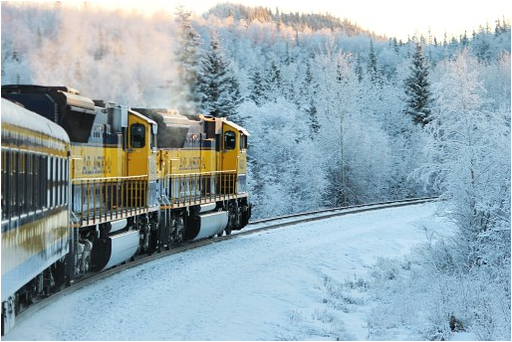
the Alaska Pacific and Railroad owned by J.P.Morgan and Guggenheim mining company(Alaska Syndicate)
Newspapers touted the advantages of the Seward route over the Richardson Trail from Valdez to Fairbanks. In 1910, the Alaska Road Commission decided to spend $10,000 to construct a trail connecting Seward to Nome.
1911 (Meiji 44) 36 yrs.
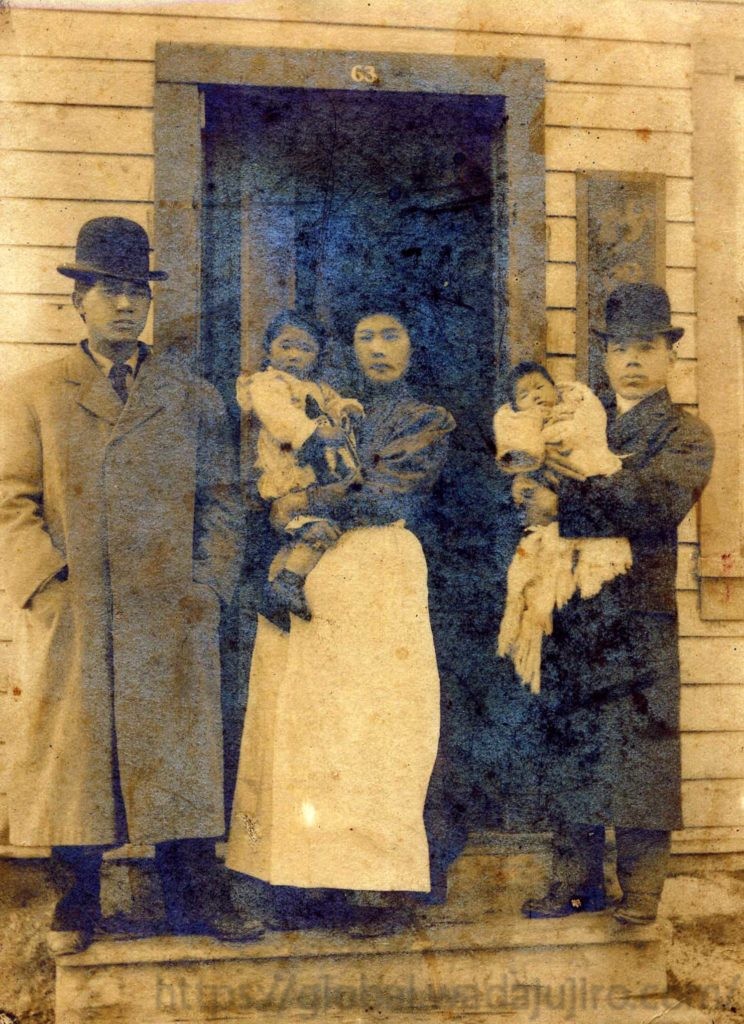
January
Wada visited Wyoming in January and forged a relationship with the Sunada family*3, who run the Japanese agent in Superior, closed to Coal Mine Company, in Wyoming and introduced Japanese immigrants to jobs. The contact started when a newspaper article on the Tanana Stampede caused Rintaro Sunada to inquire about Wada, sending his mother in Japan a letter.
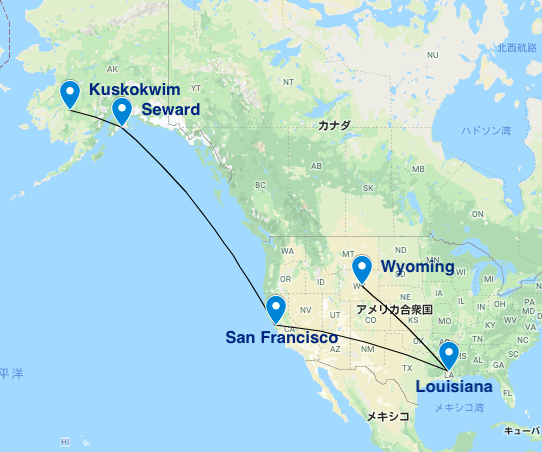
Wada visited E.A. McIlhenny in Louisiana.
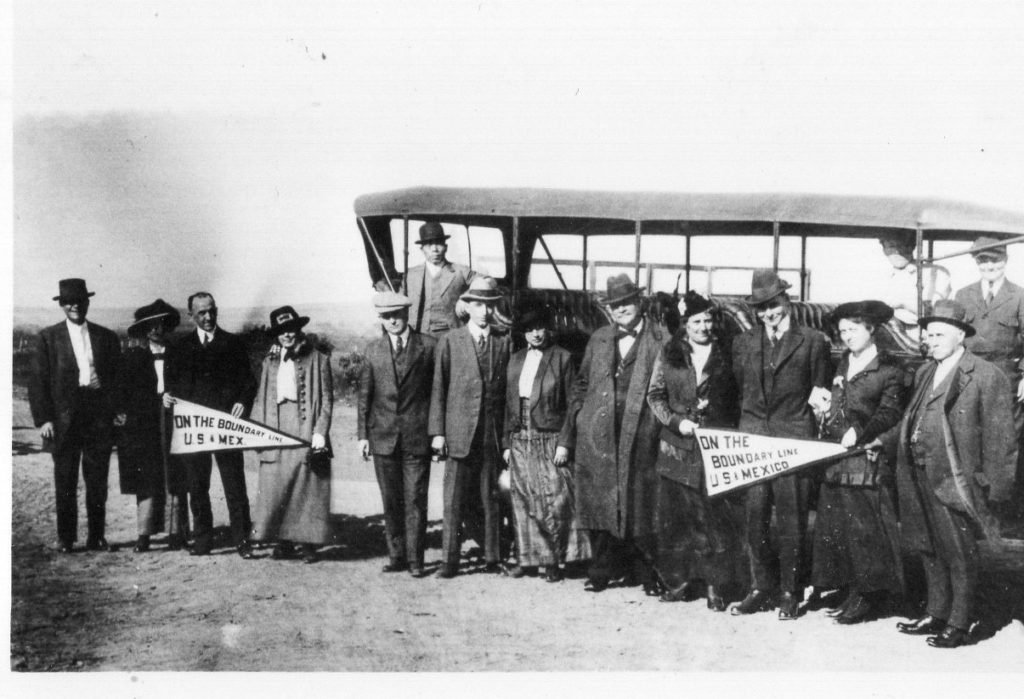
Wada travelled through the eastern states to negotiate investment deals on his explorations in the north with finaciers such as King of Tabasco, E. A. McIlhenny, a former member of Congress.
April

Wada, in San Francisco, backed by New York capitalists, will attempt to go on foot from west to east across the northwest passage discovered by Roald Amundsen, the Norwegian explorer in the sloop Gjoa.
July
Left San Francisco for Seward, and then Kuskokuwim, Alaska (Dawson Daily News / Seattle Daily Times)
Sept
Goodnews Bay
1912 (Taisho 1) 37 yrs.
March – July
Iditarod Wada was in the Kuskokwim, looking for a Japanese man, Allen, who had disappeared there. Wada also travels from Good News Bay to Iditarod, and then on to Fairbanks where he makes mention of the Gold abundance in Tuluksak.*53)
In July he and a partner made a gold strike on the Tulusak River. Wada took about $12,000 in gold with him when he went to Seattle to report findings to his backers.
Wada’s Return to Fairbanks
Newspapers once more make mention of Wada’s legendary predicament*51) *52): “Jujiro Wada, the mushing Jap who brought the first news of the Fairbanks strike to Dawson (…) recently blew into Fairbanks again (…) Ten years in a placer camp is a long, long time, more than five or ten times that number of years in an older community, where things move more slowly and the population does not come and go with such kaleidoscopic changes. Thus, the return of Jujiro Wada to Fairbanks might be likened almost to the return of one of the Pilgrim fathers to Plymouth, in point of the changes that have taken place in Fairbanks and the generations (…) that have come and gone since he first visited the section and then mushed overland to Dawson ten years ago, with the news that caused the Fairbanks stampede. “
By this time Barnette had resettled in California, where he died in 1933. Barnette left Alaska in 1911 after the bank he purchased went bankrupt.
Tabasco tycoon McIlhenny in New Orleans
San Francisco-Seattle
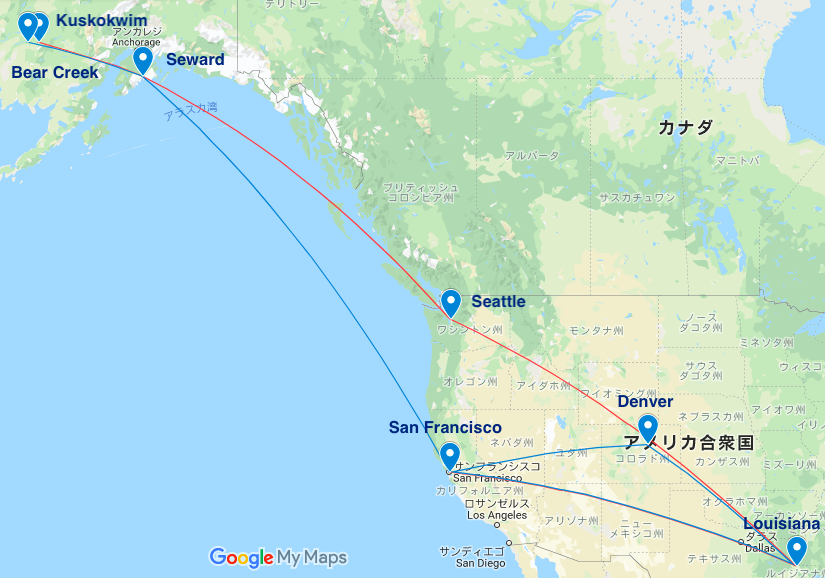
From Seattle Wada tried to interest various investors to finance the mining operation in Kuskokwim.
He also wired McIlhenny for this purpose, who was very busy at that time and so he couldn`t gain his devoted attention. When he asked Sunada in Wyoming for help, he promptly arranged for a meeting in Cheyenne with Union Pacific Coal Mining Co. The meeting was a success but required the various stakeholders in the mine to give legally required permission for Union Pacific’s involvement. He met with McIlhenny, who readily cooperated. He returned to Wyoming but had to hunt down various stakeholders in Southern California and Oregon to give legal permission in the same fashion. His efforts to contact Baird in Alaska by wire failed, but otherwise Wada was able to get permission from everyone involved. Now there was only one remaining condition for his Wyoming investors to go ahead and finance Wada & Baird: they required McIlhenny to give up his 25% stake. Wada once more visited Louisiana, where McIlhenny regained interest and found himself involved again. Wada contacted Pacific Union for instructions on what to do. The advice was, Wada could choose as he wishes, as the planned investment could be canceled without any losses. Wada chose to partner with McIlhenny, went once more to Cheyenne to wrap things up, and then moves on to Seattle.
Arriving by train from New Orleans to San Francisco on August 22 (probably having passed over in Cheyenne), Wada tells he is exhausted, and the Newspaper is amused that Wada -famously having mushed 5,000 miles through harsh Alaskan conditions- of all men should complain that the 4-day train ride wore him down. After checking in at St. Francis Hotel he sent a telegraph to Seattle in order to make steamer reservations to Alaska. He planned to leave for the North the following day, taking steamers first to Seattle, and then up till Seward, and from there 30 days of mushing to Kuskokwim and Aniak, but he cancels his plans, still remaining in San Francisco on August 27, awaiting finance. Finally, Wada is back in Seattle 75 days after he arrived there, having secured finance, but tired of the warm climate and tired of chasing of investors and legal documents.
Arriving by train from New Orleans to San Francisco on August 22, the Newspaper is amused that
Return to New Orleans and detour to Denver
September-November
An October Western Union Telegraph from McIlhenny from Avery Island, LA, informs Wada in Seattle that he can use that wire to take money from the bank.
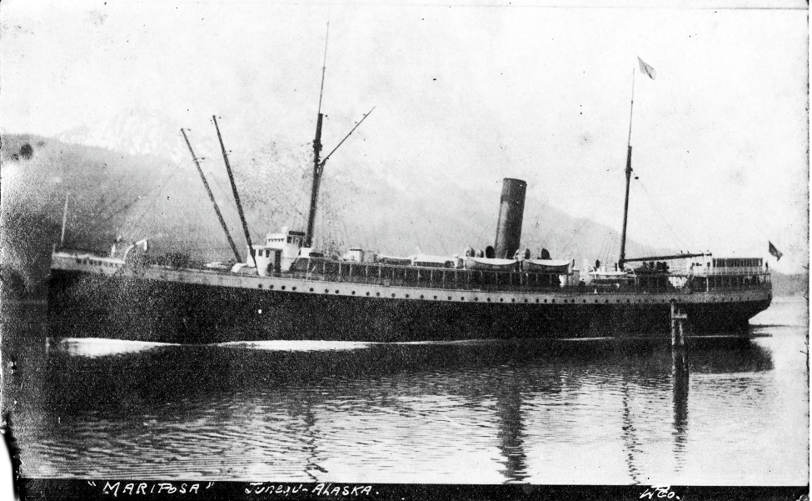
Seattle, Boards the Mariposa, passing through Juneau and arriving in Seward Nov 9th. He brought with him two sled loads of mining equipment another sled load of miscellaneous suppliers and four Japanese companions who would serve as assistant dog drivers. The Japanese and their 20 dogs then drove to the strike on Bear Creek, a large northeastern headwater tributary to the Tulusak River, where Wada arrived mid-December and remained until February 1913. *50)
1913 (Taisho 2) 38 yrs.
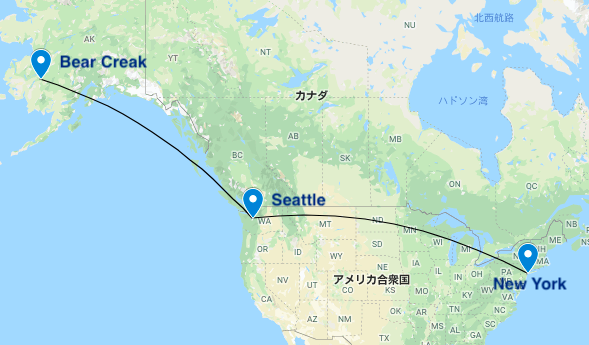
Upon receiving a telegraph informing that McIlhenny has made the payment for the Bear Creek mine, Wada travels to Iditarod to inform the mine owner (Mr. Schmidt) of the progress, arriving there January 17th. There Wada completes the deal with Mr. Schmidt allowing them to prospect on his Bear Creek mine, officially purchasing options to do s0o with the money invested by E.A. McIlhenny. His return trip to Seward goes by dog sled, using five dogs. The trip promises to be very harsh as the trail had been out of use at that time of the year and Wada already icalculated in that he might have to leave his dogs and do the trip on snowshoes. On his way, he passes Happy River from where he brings the news home to Seward about two mushers who had vanished and that their bodies were later recovered, which is reported in the San Fransisco Call of February 15. From Seward Wada takes the boat for Seattle on February 18th, his final destination being New Orleans where he must consult with the mine purchaser McIlhenny. His plan is to bring a Keystone drill to prospect the claims.*95)
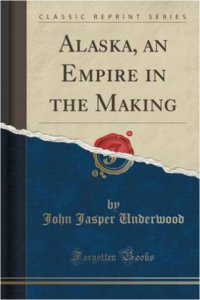
In March, the book “Alaska, An Empire in the Making” by John Jasper (“Jack”) Underwood is published. Underwood was a miner from Australia, and also miner, musher, and hunter in Alaska. He lived in Alaska all since the Klondike stampede, participated in prospecting and stampede all over Alaska, and had become the leading authority on all things going on in Alaska and especially Alaskan mining. This made him also well-suited as a newspaper reporter for The Times. His book handles all aspects of Alaskan life and economy.
Wada features a few times in the book. The book is received very well, and one review praises it as an unusual combination of being both accurate and interesting. (May 4th, 1913 THe Seattle Sunday TImes). A few pages are devoted to Wada. It mentions Wada’s long-distance mushing records, Wada`s Arctic hunting, and the Rampart House story of Wada feeding his trousers to his malamutes and arriving in his underwear and in tears caused by snowblindness.
In June-July Wada comes to New York where he meets with the Guggenheims, trying to sell mining property. The story is that at lunchtime they offered him a sandwich and that Wada protested that he did not come all the way from Alaska to New York to eat sandwiches. A proposal to share lunch at a famous restaurant was not received well, but at least they were serious about the business. Then July 28 he is back again in San Francisco and the Guggenheims have sent surveyors and mining experts who are now on their way to Alaska so they can assess the worth of what Wada tries to sell.
November
Reports his huge financing deals in Seattle (Seattle Post Intelligencer)
1914 (Taisho 3) 39 yrs.
<World War I broke out>
World War I had just begun, anti-Japanese sentiment was escalating.
Court order against Wada
In November 1914 a court order is issued against Wada, Baird and McIlhenny, by George F. Shimada. They are alleged to have received in December 1913 cash advance, goods and services of $735 without paying back. Six weeks long, their appearence is requestede in newspapers and if
therafter they do not appear in court, in Flat, the plaintiff is granted the case, with full payment increased with interest. The same November another newspaper locates Baird in Alberta, Canada, informing that he has retired mining, and is now involved in the oil business.
Wada’s family in Japan lost touch with Jujiro until 1925.
Sept.
His only daughter Himeko filed a missing person’s report on a newspaper.

1915 (Taisho 6) 40 yrs.
Wada run a laundry in the mining village Flat. *60) During a horse ride on the road from Flat to Iditarod, he dismounted to let it graze. Trying to catch it, the horse kicked him and he was left unconscious and with 3 ribs caved. Lying out in the open weather for hours, he caught a cold, and even was in fear of a pneumonia attack.*61)
1916 (Taisho 5) 41 yrs.
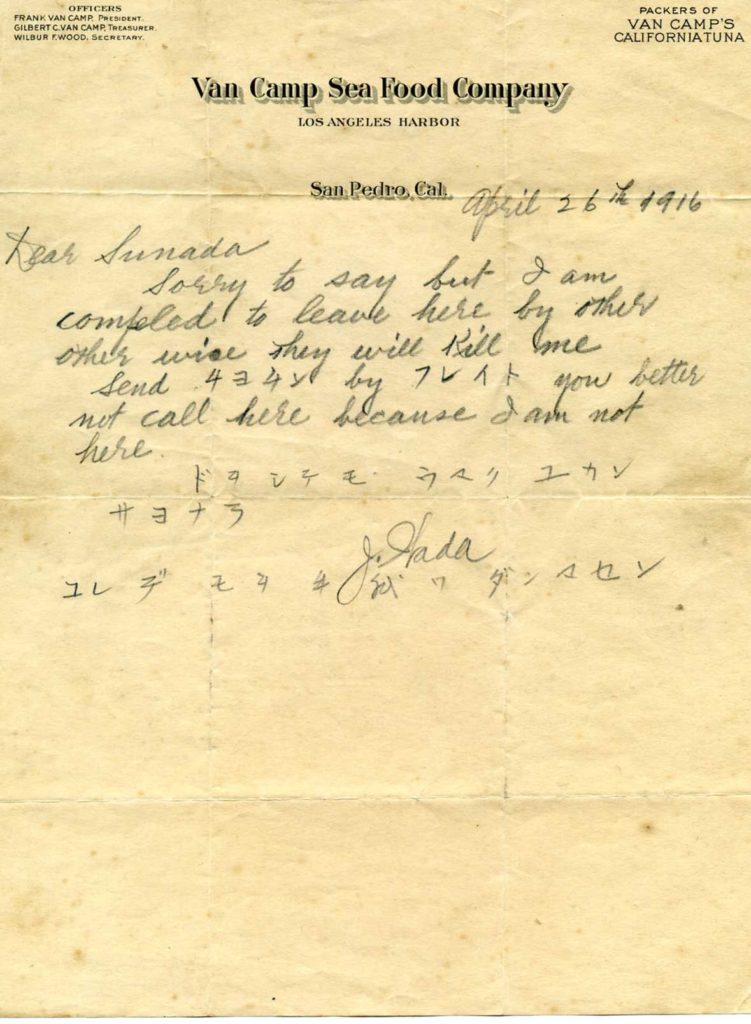
The letter says “Dear Sunada, Sorry to say but I am compelled to leave here by others. Otherwise, they will kill me …..” (1916.4.26)
After writing a hasty letter to a friend stating he feared for his life, Wada moved to New York. Learning that authorities along the Pacific Coast had him reported as death, he wired the Seattle Police department to inform them he was in New York and safe.*65)
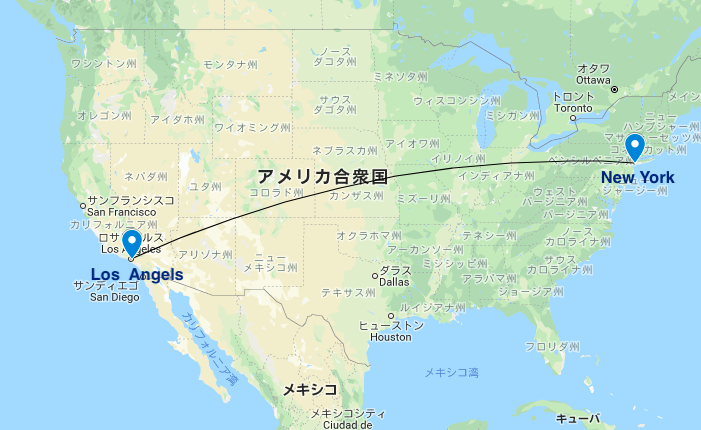
In New York, Wada tries to sell a mine that he came upon in 1902 when he was a salesman traveling by dog sled. The negotiations are done with people related to the Guggenheims, and the amount Wada asks is reported to be $1,000,000.*66)
1918 (Taisho 7) 43 yrs.
March. Wada and Ben Smith make a strike in Firth Old Crow region.
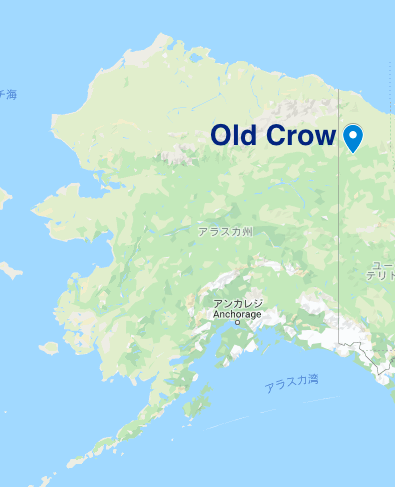

Frank J.Cotter, with whom Wada mushed and improved the Iditarod trail, publishes a bundle of his poetry Rhymes of A Roughneck, adopting the pseudonym Pat O`Cotter. Included is the poem The Malamute.h
professing his love for this breed of dog, in which he also commemorates their share in Wada`s explorations.
1919 (Taisho 8) 44 yrs.
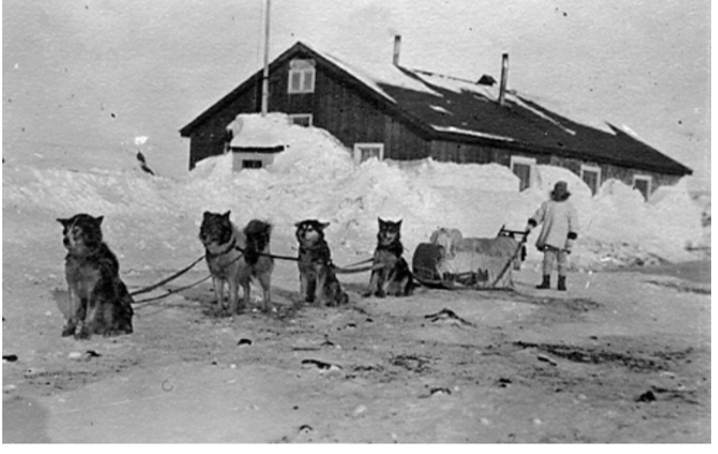
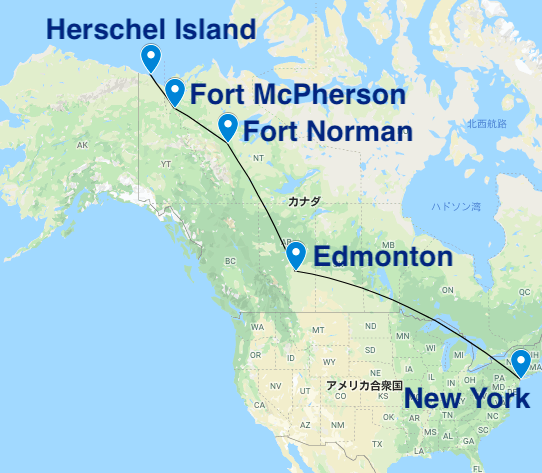
In July Wada leaves New York, traveling through Edmonton and Fort Norman, then joined by Mr. Doyle he proceeded to Red River, whence he went to Herschel Island. Here Wada spent most of the winter, and met Stuart Taylor Wood (Royal Canadian Mounted Police) and his family, on the occasion of which Wood took a picture of Wada and his dogs. Wood served with the police all his life and was stationed in Yukon for NWMP, between 1919 and 1924. He walked in the steps of his father Zachary Taylor Wood who served with NWMP from 1885 to 1915, during which he was stationed in Yukon right from the Klondike Gold Rush in 1897 till 1910. From Herschel Island Wada made trips to Fort McPherson and Canoe River.
Court order against Wada
Aug. 25 Again an almost identical case as in 1914 happens in 1919. The 4th district court in Flat summons Wada and partners. This time the plaintiff is Geo. W. Albrecht, and the amount $2,005 each. This time it is very explicitly mentioned that Wadas whereabouts are unknown, Bairds whereabouts are unknown, but contact will be tried through Portage Bay.
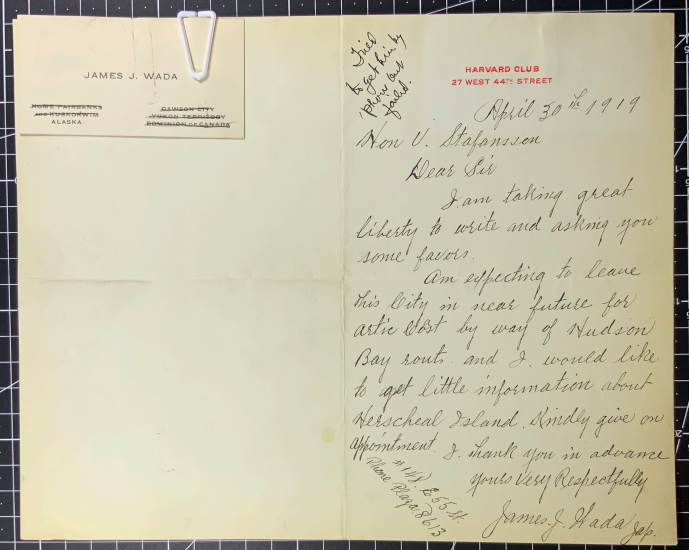
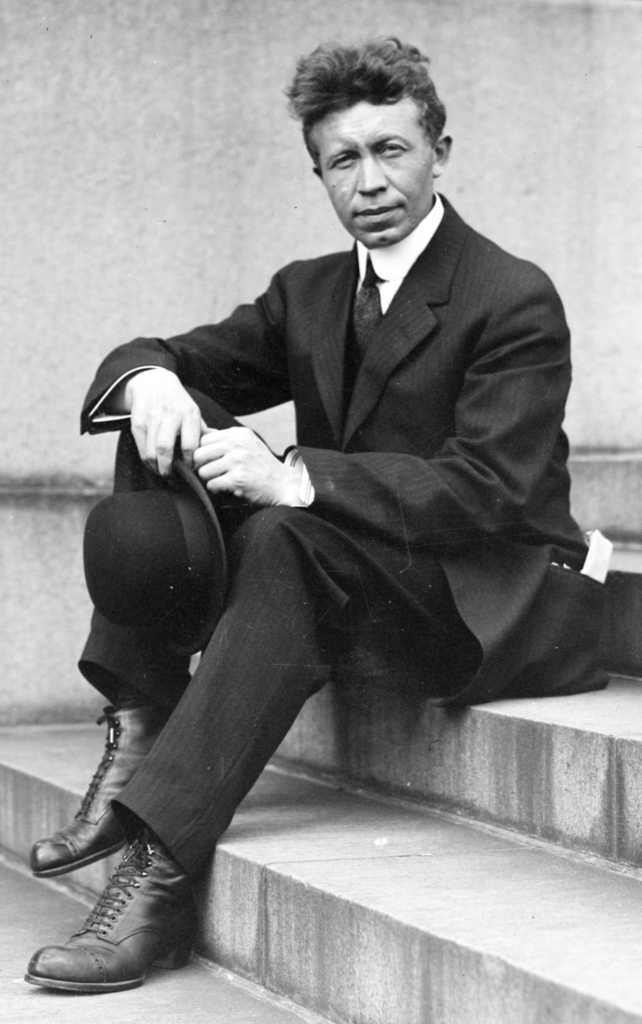
Wada corresponds with Vilhjalmur Stefansson and asks him advice about the arctic.
1920 (Taisho 9) 45 yrs.

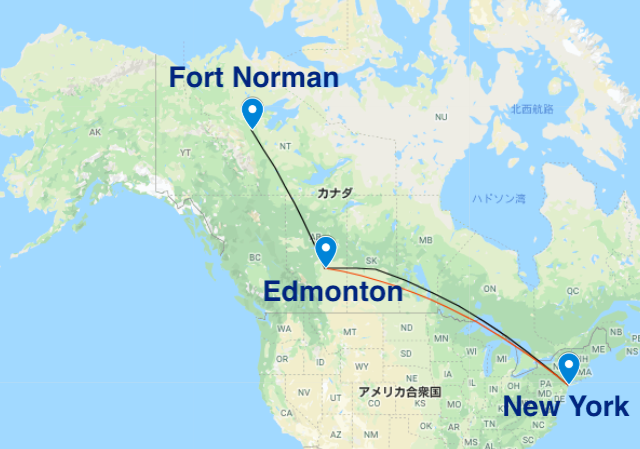
During this time he began to write letters to his mother more frequently. In his letters, he described his time as a prospector and a surveyor in Canada’s North.
In August Wada arrives back in Edmonton . The people in Edmonton
after a year of exploration, want to make scientific investigations of the quartz samples that he brought with him, but Wada refuses, judging that this should be the exclusive right for the sponsor of his journey.In October he meets with Mr. Lufkin from The Texas Company in New York, showing the collected quartz, and it proved to contain gold and silver.Now Wada is asked to return and take more samples in a much wider area. He leaves the same month.
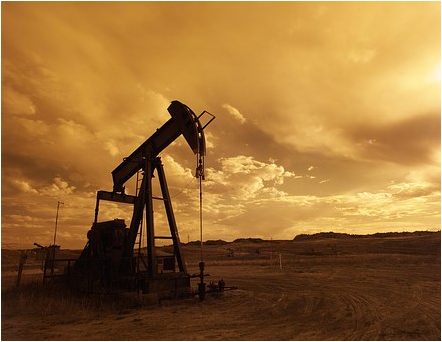
Nov. 18 after his arrival in Edmonton, reports about oil finds in Norman, make him change his focus.
In December He leaves the quartz for another time,now wanting to get himself involved in the oil business.
1921 (Taisho 10) 46 yrs.

In January Wada arrives in Fort McMurray, moves on to Chipewyan and left Chipewyan alone in direction of Norman. Then on the Mckenzie river he hurts his leg in an accident and therefore he takes company of 4 people from Providence. They accompany him to Norman and then back to Providence. After their arrival in Norman
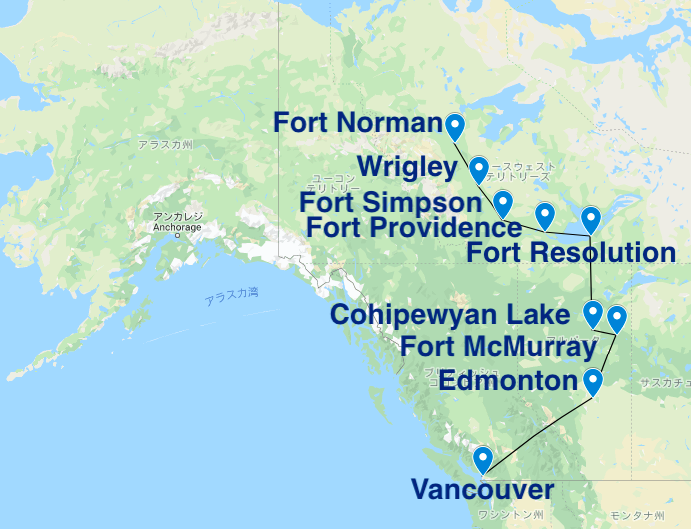
in February 18th they only stay for two days. The route back goes first to Wringley, then Fort Simpson, Fort Providence where he parts with the 4 fellow travelers,and takes another passenger, whom he brings to Fort Resolution.
Beginning of April his journey brings him to Fort McMurray, Edmonton and finally Vancouver.
After several weeks he goes back to Edmonton. Once again he plans to travel North, now by boat.
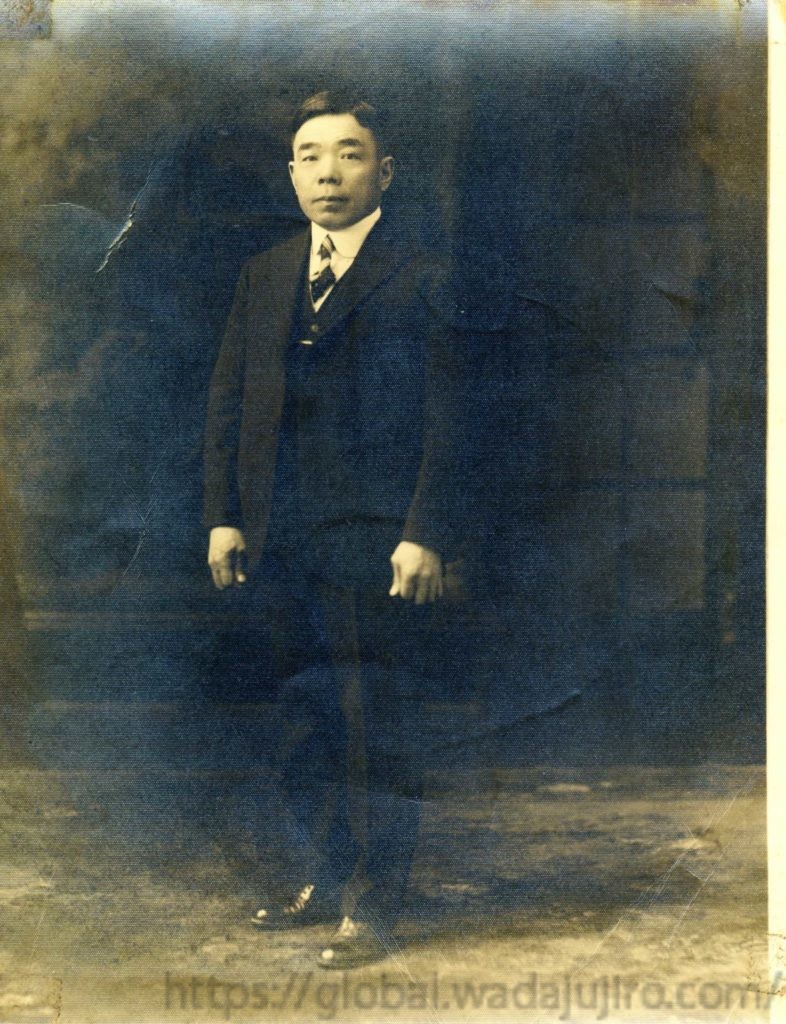
End of May he leaves for Fort McMurray, from where his travel goes by boat.
June 5th he arrives in Chipewyan, which takes 18 hours by boat from Ft. McMurray. The same day 10 hours later he arrives in Fort Fitzgerald. Here Slave River can`t be navigated so other passengers for Norman go 16 miles over land to Fort Smith to take the boat from there. Wada on the other hand stays in Fort Fitzgerald, probably for another 3 weeks. He takes the second ship of the season, arriving in Norman in July, where he tells that his plan is to go up North to Canoe River to prospect gold and minerals, feeling he has to keep his word to The Texas Company, and to properly see through this project until its end.
July 30th Fort Smith, Northwest Territories. (Photos coming soon)
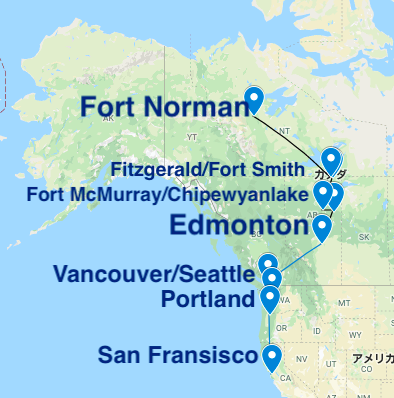
In August he travels back by river boat and arrives in Edmonton, staying in the McDonald Hotel. Then he moves on to Vancouver,where about 50 people come to visit him, wanting to hear about the Norman oil fields. The newspaper reports Wada was the most sought-after person in Vancouver except for Arctic explorer Amundson. After Vancouver he goes on to visit Seattle, Portland and San Francisco during August, but he is back again in the McDonald Hotel, Edmonton end of September, from where he again travels up North by boat.
1922 (Taisho 11) 47 yrs.
Spring, May
Edmonton, Canada, to Herschel Island via Mckenzie.
Winter
Leaving Herschel Island to Fort Norman, Winnipeg.
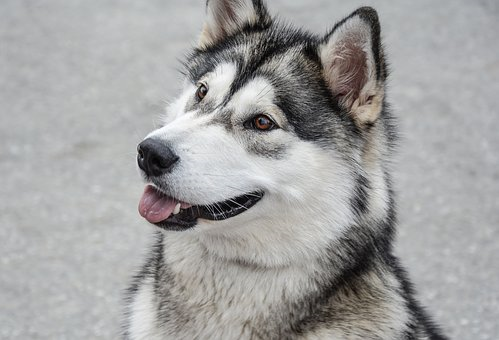
In Aklavik, Wada buys a famous huskie by the name of Mervin, spending $1,000. The local Eskimo believe that Wada is an Eskimo as well.
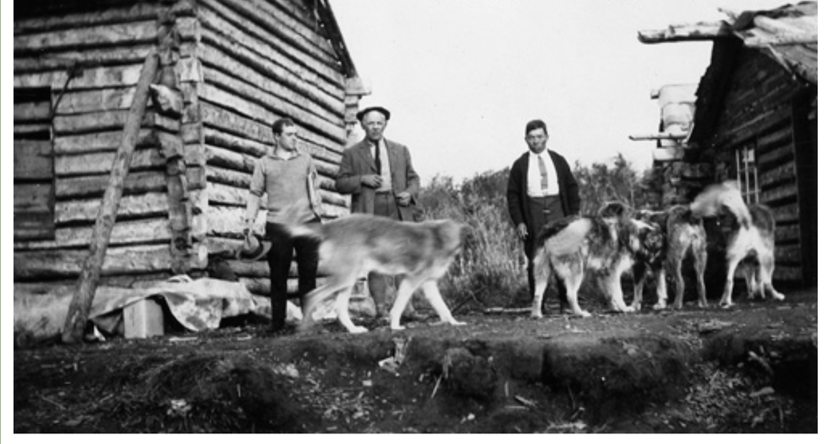
Lachlan Taylor Burwash was a Canadian with a background in mining engineering. As such he became involved in the Klondike and other Gold Rushes. In World War I, he enlisted in the army, and after a promotion to Major, he was simply called Major Burwash. He became government admininstrator in the Northwest Territories, a job that gave a lot af freedom, and during an extended stay on King William Island, he gained information about the possible whereabouts of the long lost Franklin near Matty Islands. Terrain and weather conditions continuously prevented him from finding the a shipwreck or related goods, but the information he gained from Inuit remains a valid possibility for solving the Franklin mystery. During each of their Arctic activities Wada and Major Burwash have crossed paths and there was some incidental cooperation, to which this picture taken by Capt. Taylor Wood bears witness.
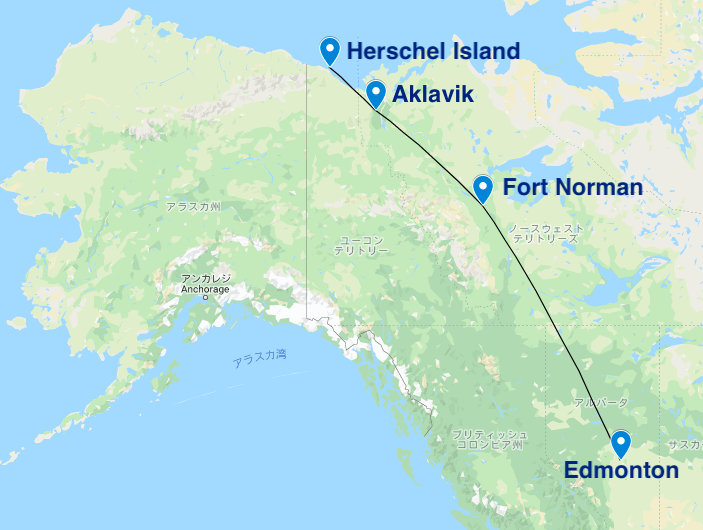
December Rumors spread accusing Wada of being a spy, the story of his knapsack found in Cannons Roadhouse in Knik, is repeated again, this time out of the mouth of mine owner Frederick Zorn in the Washington Times Herald.
1923 (Taisho 12) 48 yrs.
Wada accused of being a Japanese spy
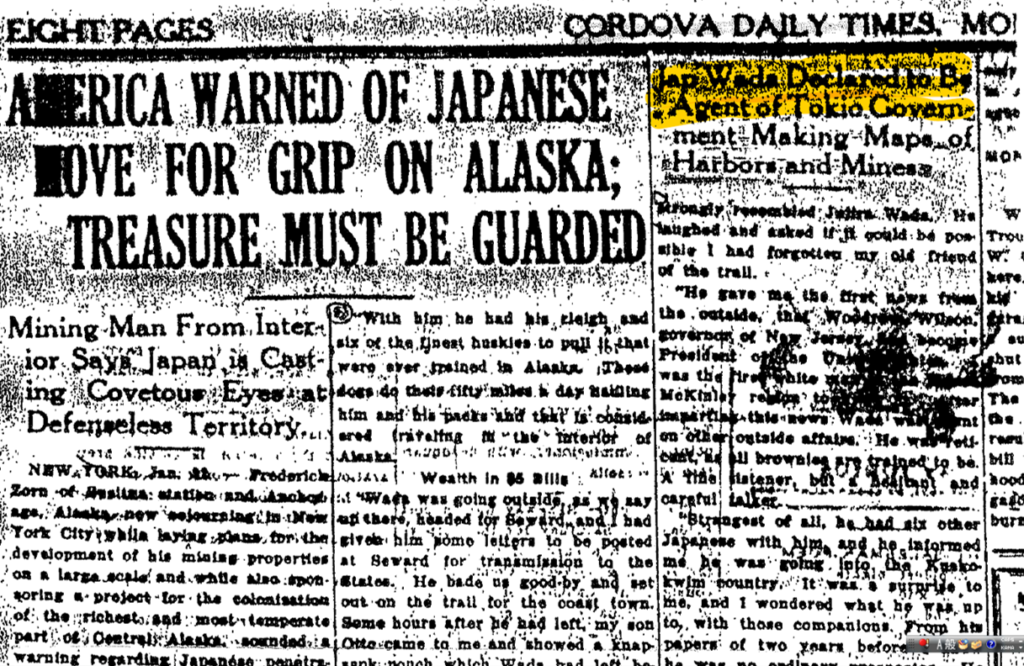
He was accused of being a Japanese spy. An article in the Cordova Daily Times, by geological engineer Ernest Blue, describes the contents of a backpack Wada accidentally left behind in the Knik Pioneer Roadhouse (later Pioneer Hotel, a short distance from Wasilla) of Frank B. Cannon, who was an old-timer of Alaska and had a good name wide around.
To decide whether the contents of Wada`s luggage were important enough to send after him, they opened it and in it there was “a very accurate and detailed map of Alaska with all the gold deposit sights with routes to them,” and a few thousand dollars cash. The find was considered very uncommon for a prospector or explorer, even the more so because Wada was known to have been broke several times, so federal authorities were informed warning that Japan was after Alaska, and used Wada as a spy. As a rumor that Wada was a spy spread, Wada abruptly disappeared from the public eye. But he was always on the move.
Feburary
Herschel Island to Edmonton, Canada.

at Aklavik, Northwest Territories.
March
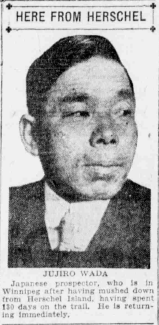
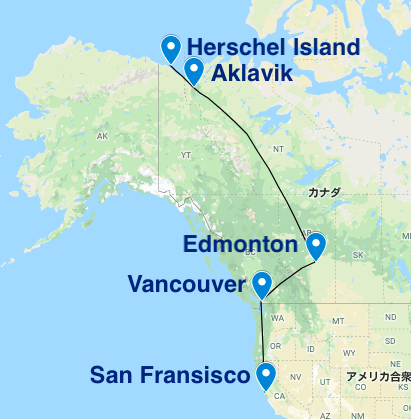
Apri – May Wada left Canada in April 1923.[48] On May 3, 1923, he arrived at Ketchikan aboard the SS Princess Mary. He listed himself as a citizen of Canada, but was not allowed entry into Alaska because he had no passport.[49]
(Source Wikipedia)
1924 (Taisho 13) 49 yrs.
Wada is wanted by Canadian Police for not returning the money after being entrusted with a few $1,000 worth of fox skins by Eskimo of the Mckenzie delta, with purpose of selling them. At the same moment Wada is on the Ocean, traveling from Seattle to San Francisco. *80)
1925 (Taisho 14) 50 yrs.
July at Stockton, California.
1927 (Showa 1) 51 yrs.
Sept.
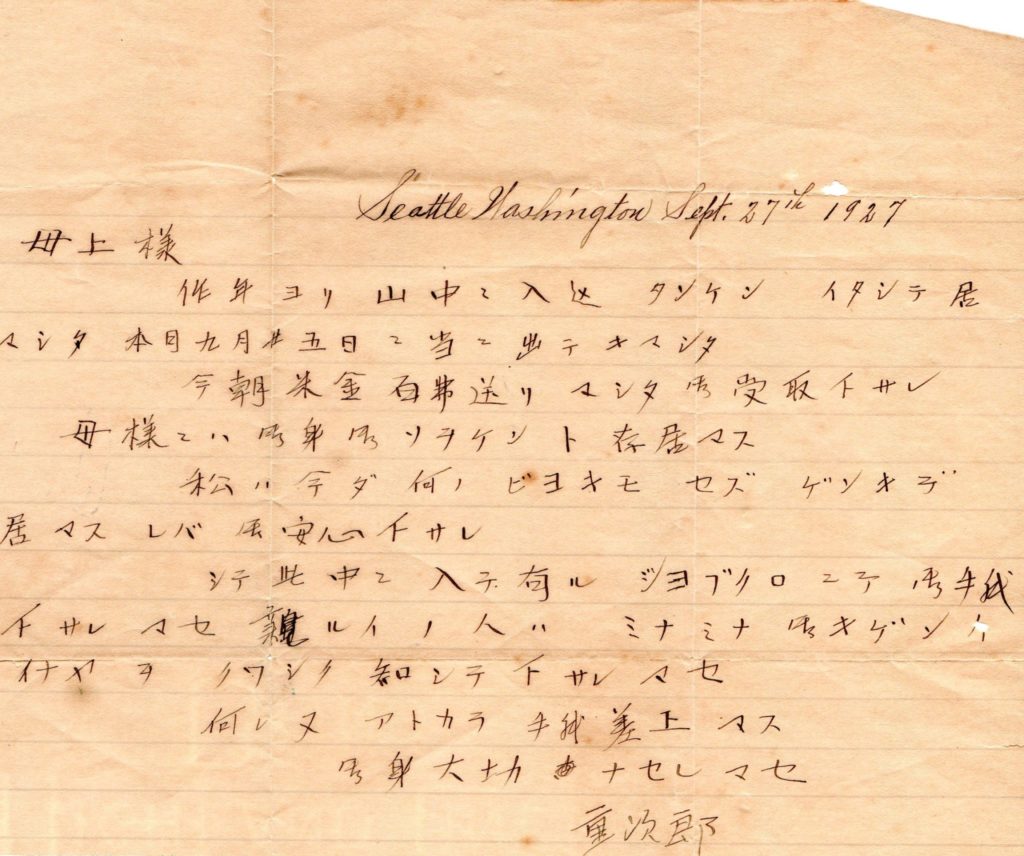
Seattle, WA
My Dear Mother, I just returned from the mountains…….. (Translation in English coming soon)
1928 (Showa 2) 53 yrs.
March
Seattle
June
Wada send a letter to his mother with his only daughter’s photo, Helen Wada Silveira from Denver. (Coming soon)
October Omaha, Nebraska
1929 (Showa 3) 54 yrs.
Kinbei Toda Commentary Note)
1930 (Showa 4) 55 yrs.
February
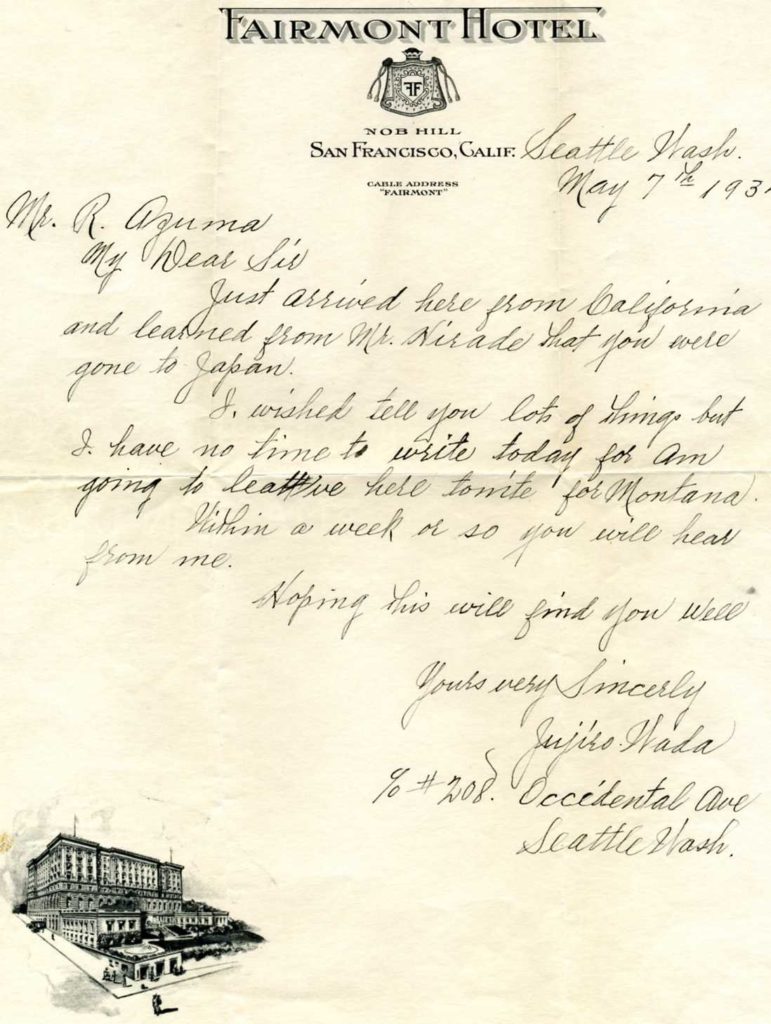
Wada meets with Mr. Ryozou Azuma, a Japanese working in Chicago (as related in Hokubei Houchi Newspaper) and they keep writing letters afterwards.
Azuma (1889 – 1980) first mentioned his encounter with Wada in his book titled “Alaska; The Last Frontier“
Mr. Azuma made inquiries to Wada`s direct relative and one-time employer Kimbei Toda. The written answer that Toda sent him, now is rare and a valuable document on Wada, on the period before he left Japan and on the letters his relatives received, (cf. the period 1879-1892 above).
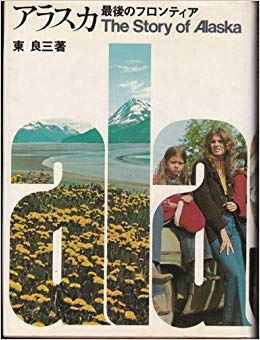
A story written by Ryozo Azuma in 1973. “At that time, in the Arctic Circle, which is not well known in America, my experience with Eskimo over two and a half years has become a reputation.
1931 (Showa 5) 56 yrs.
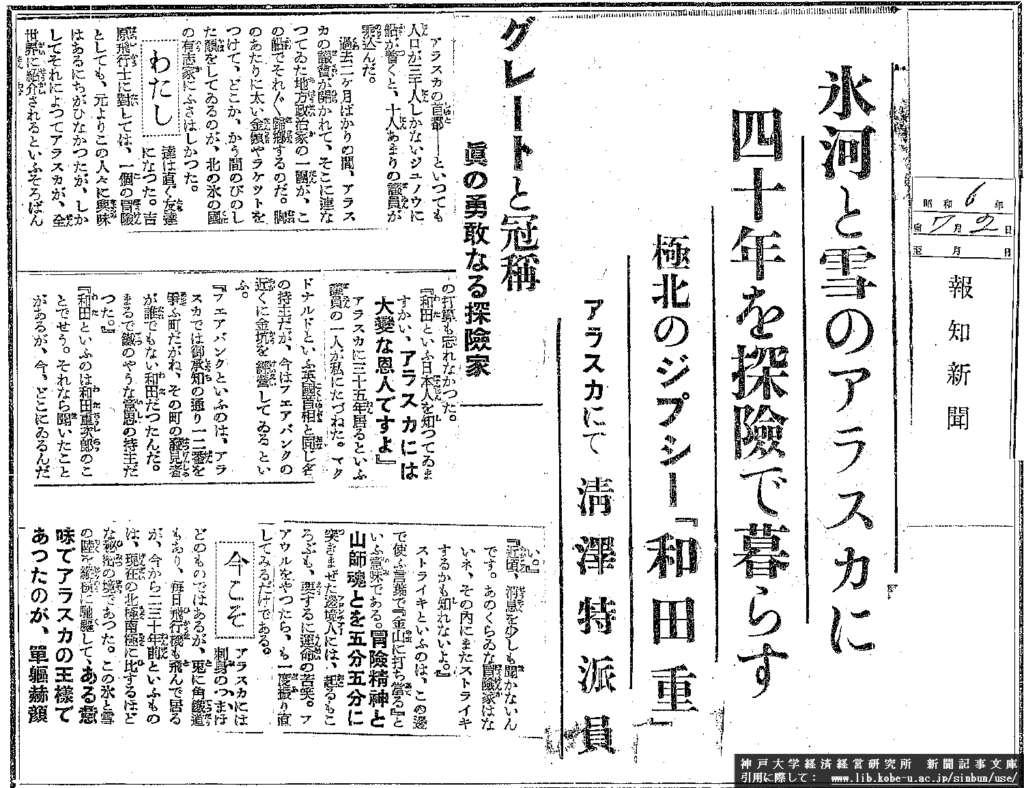
The nation-wide newspaper Hochi Newspaper publishes a long article about Wada after a delegation of Japanese politicians paid a visit to Alaska and met with McDonald. Wada was presented as “an arctic gypsy” and became known to the general public for his legacy in Alaska and Yukon, especially the Tanana Stampede episode. The 1909 book Through the Yukon and Alaska by T.A. Rickard is mentioned several times.
1932 (Show 6) 57 yrs.

There is a photograph of Wada camping near Point Separation (about 100 mile from the mouth of MacKenzie River)
Seattle in October
For the successive one and a half year Wada leads a relatively quiet life in the mountains doing some prospecting as commissioned by someone from Seattle.

1933 (Showa 7) 58 yrs.
Mother Setsu passed away on August 15 in Hinode town, Matsuyama. (Coming sonn: Translated etter from Yaori Wada about Jujiro’s mother’s death)
1934 (Showa 8 ) 59 yrs.

Spring: Back to Seattle from Yukon
May.7 at Fairmont Hotel in San Francisco
In Japan, the photo in the Magazine, Sunday Mainichi, was a wife of Wada. However, he mentioned the picture of the lady was a daughter of trading post in his letter to his mother.
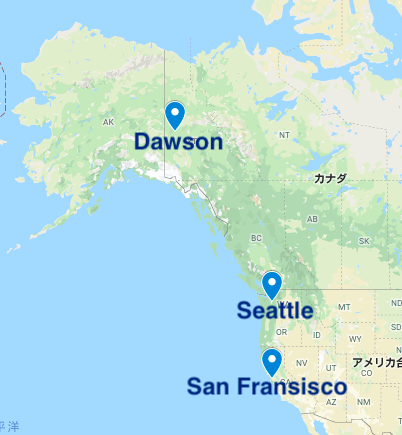
Oct. in Seattle
1935 (Showa 9) 60 yrs.
October in Denver, Colorado
1936 (Showa 10) 61 yrs.
January in Green River, Wyoming
Feburary in Wichita, Kansas
December in Seattle, Washington
1937 (Showa 11) 62 yrs.
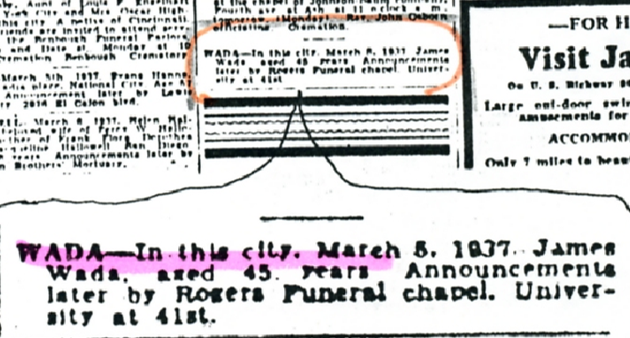
Passed away on March 5 at San Diego hospital in the U.S., when he carried only 53 cents with him. A short funeral announcement was made in the san Diego Union of March 7.
Just before, in 1936, Wada made a rich strike of gold at unknown location in Rampart. Eager to share the new project with his old partner “Mac” McDonalds, he left his dogs at Fort Yukon and spent over $2,000 in fruitless search for Mac, which brought him all the way to San Fransisco, where he last met with lawyer/Alaska miner Mr. Blue. This meeting is reported in the 1943 article (Sept 10) of The Alaska Weekly where Mr. Blue dismisses any possibility of Wada being a spy of any kind.
※1 Wada actively recruited many Japanese to come to Fairbanks as prospectors and in other trades as well. (Good Time Girls of the Alaska-Yukon Gold Rush by Lael Morgan)
※2 The menu included roast moose, caribou cutlets, grilled grouse, baked white fish, evaporated spuds, canned goods, coffee, liquors and wine. (Old Yukon: Tales, Trails and Trials by James Wickersham)
※3 Mr. Sunada was formerly the Japanese agent at Superior but left some time ago for Alaska where he had mining interests. After he left, a little son was born to Mrs. C.N. Sunada and since his birth she has been a helpless invalid. Her husband was in the interior of Alaska, where he could not be located, but they heard from him recently and he was expected home this fall. In the meantime his wife and three little children have been cared for by their fellow countrymen, The youngest, a boy, is only sixteen months old. Mrs. Steve Sharp is taking care of the little fellow until arrangements can be made for some relatives to take charge of him but death has finally released her from her suffering. Mrs. C.N. Sunada was buried from the Congregational church last Wednesday. Mrs. Sunada was confined in the hospital at Rock Springs for over a month with spinal trouble to which disease she succumbed. . A large number of friends attended the funeral.. (Rock Springs Miner No.43 24, 1914)
*32)
*33) DDN
*34) D
*50) FM
*51) DDN
*52)FDM
*53) FDT
*60) Flat and Iditarod 1993-1995 Oral History Interviews
*61) FDMN
*65) FDT
*66) Jeffersonville Star, June 16, 1916
*80) Manitoba Free Press, March 29, 1924
*90) The Daily Alaskan (morning) August 4, 1903
*92) Belding Banner, July 16, 1908
*93) Bad River News, September 1908
*94) The Wenatchee Daily World, October 16, 1909
*95) Iditarod Pioneer, evening, February 1, 1913
A letter which was posted January 1937 from Japan to his Seattle home, was returned and arrived back in Kobe in November of that year.
